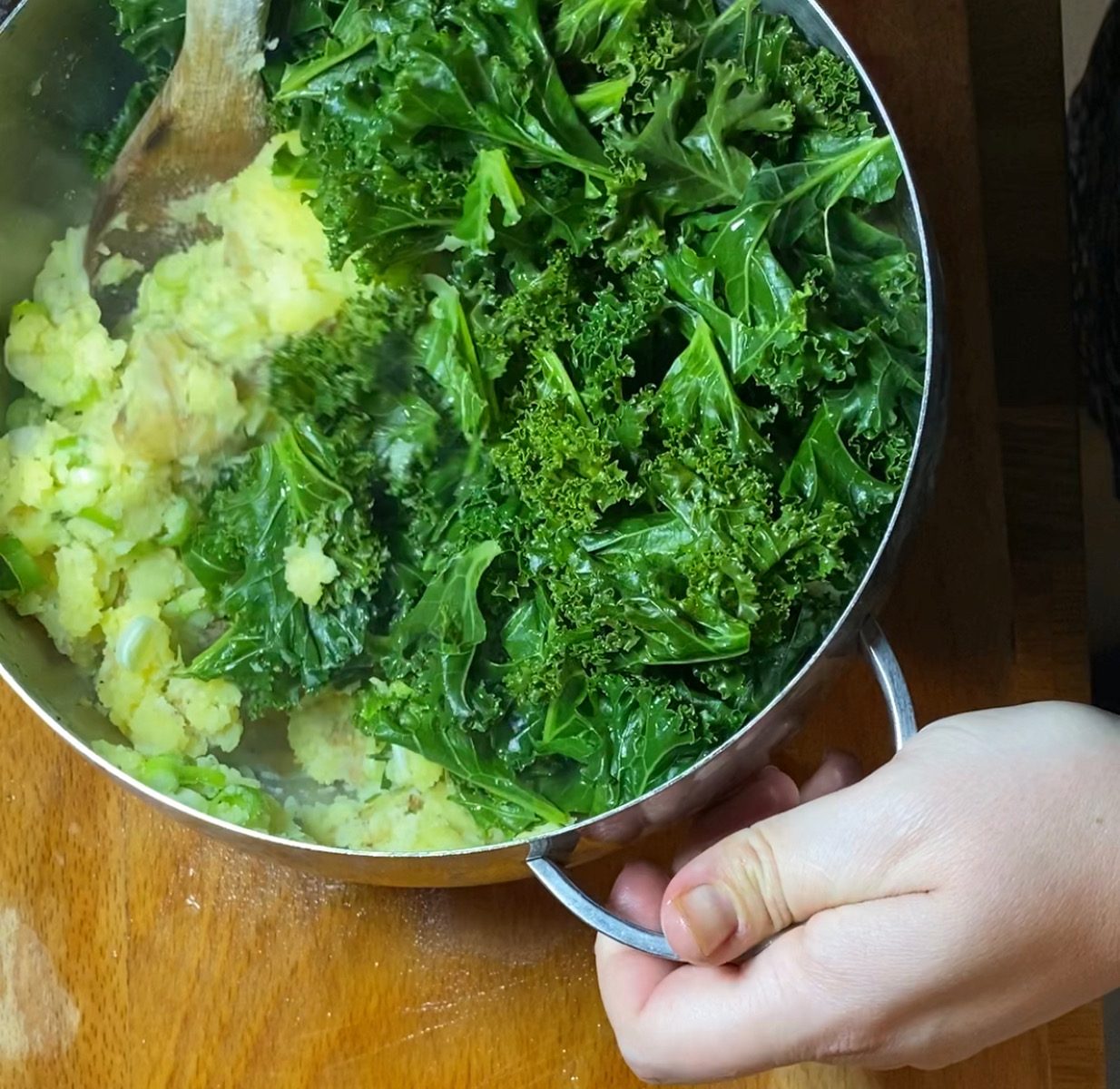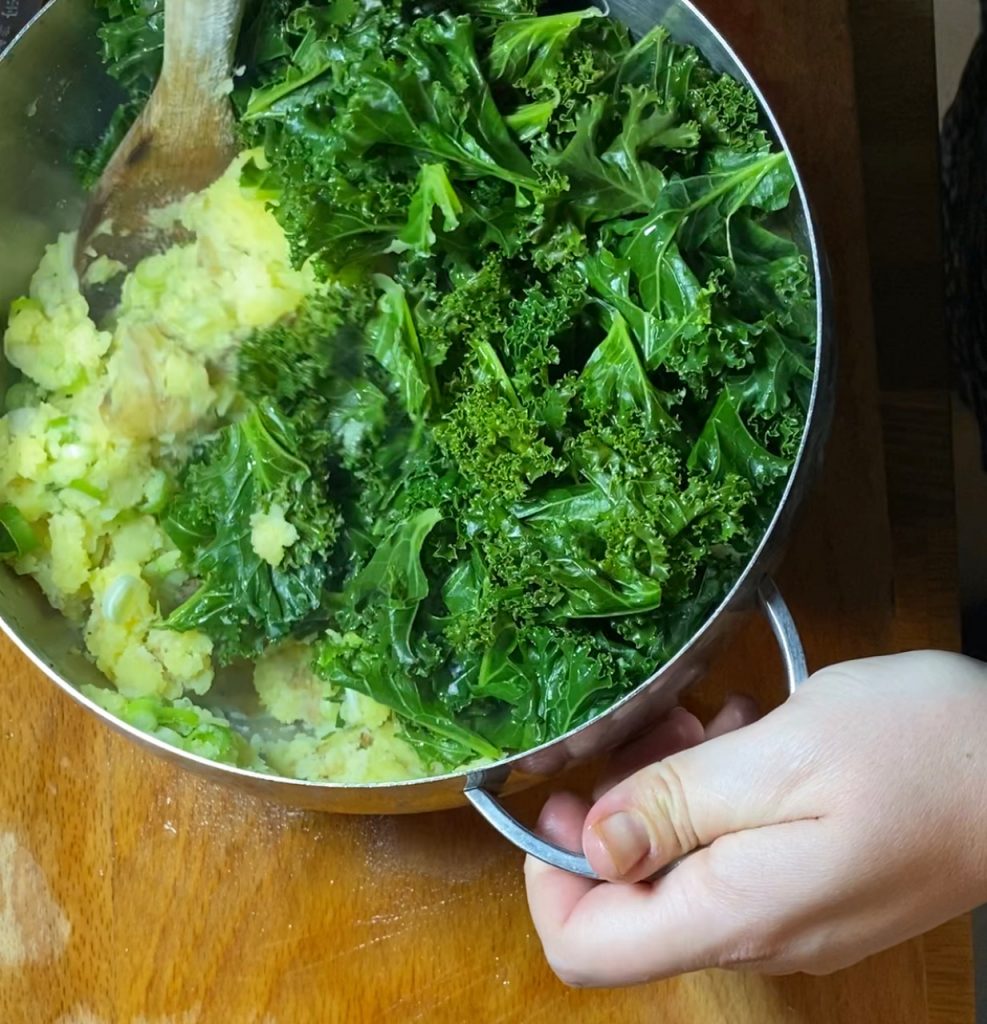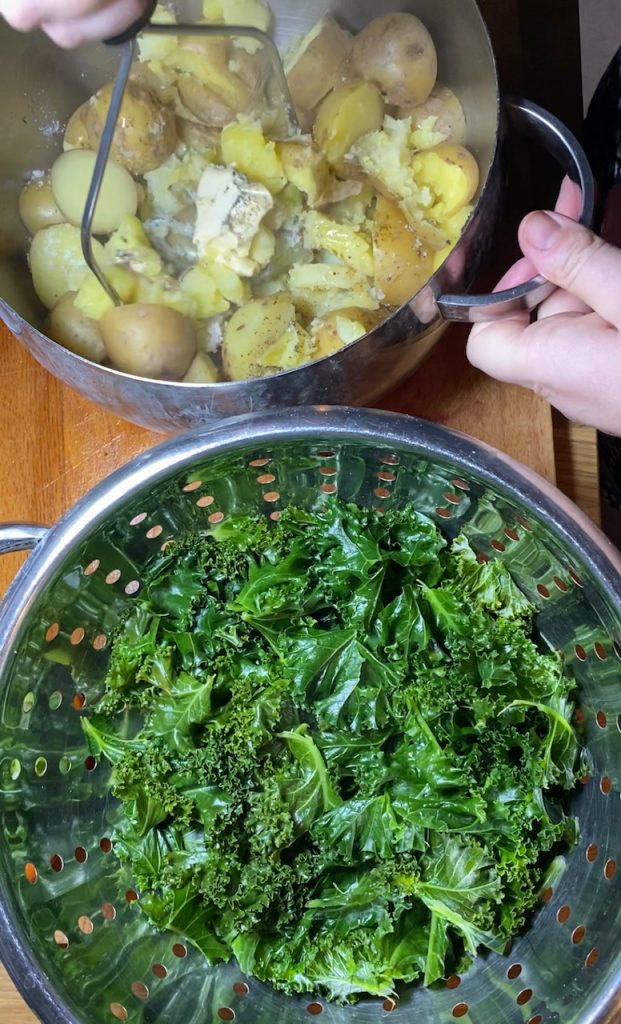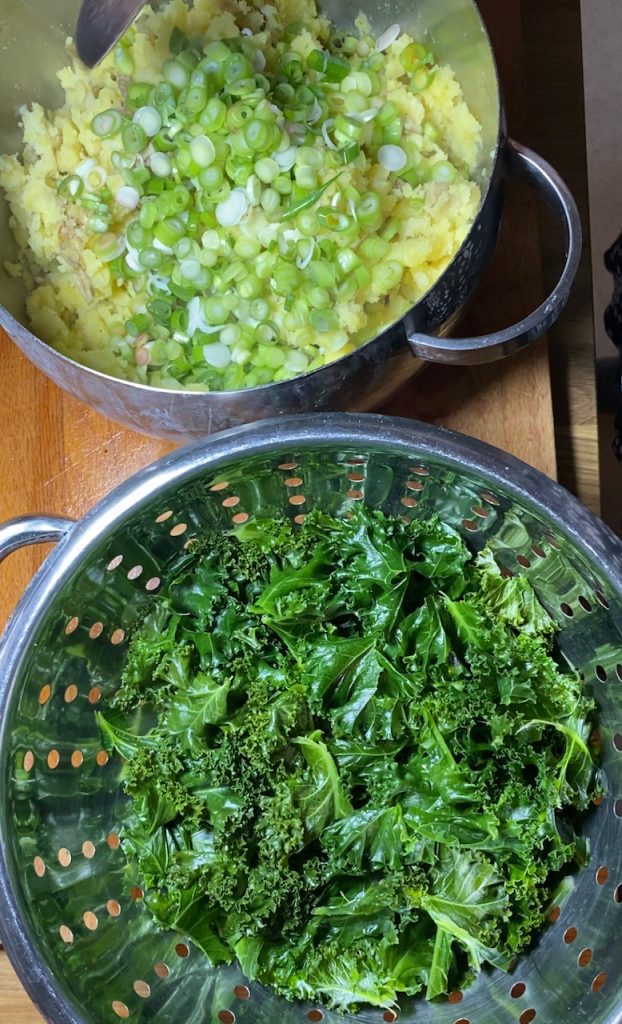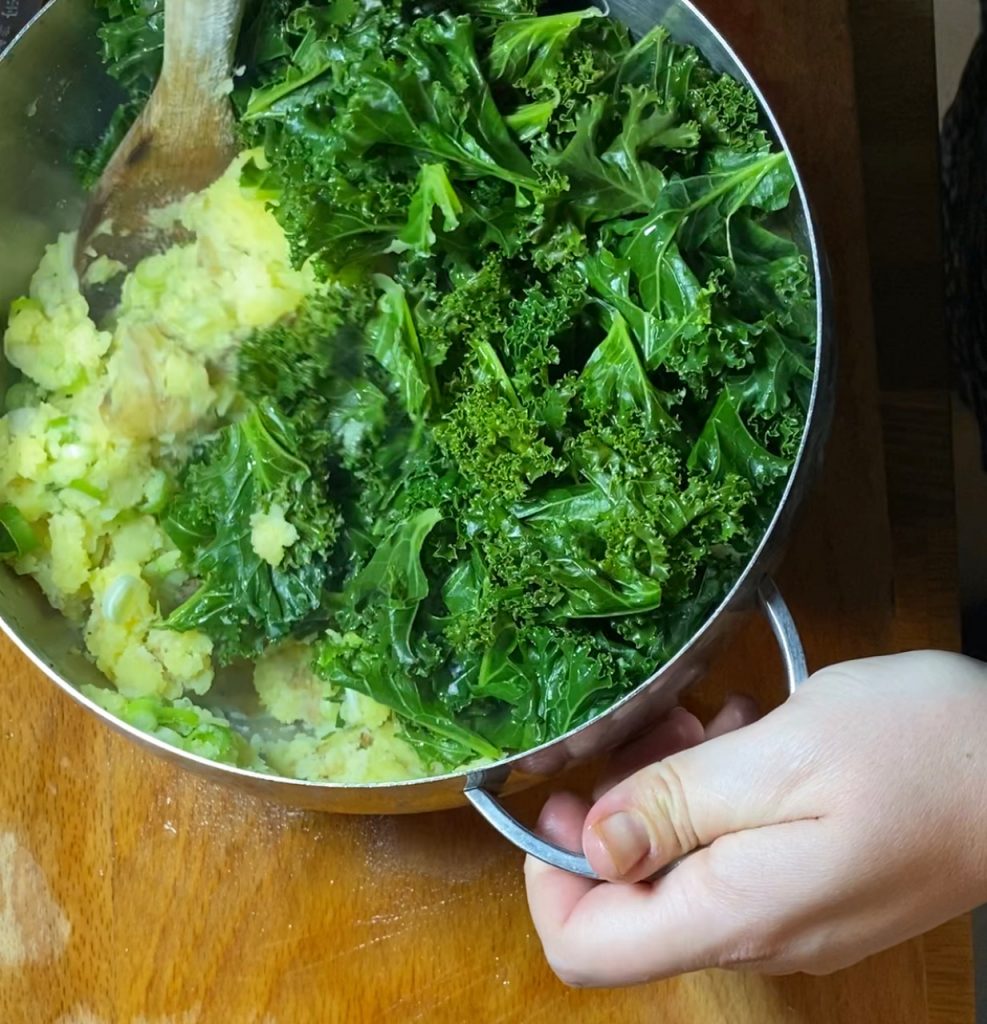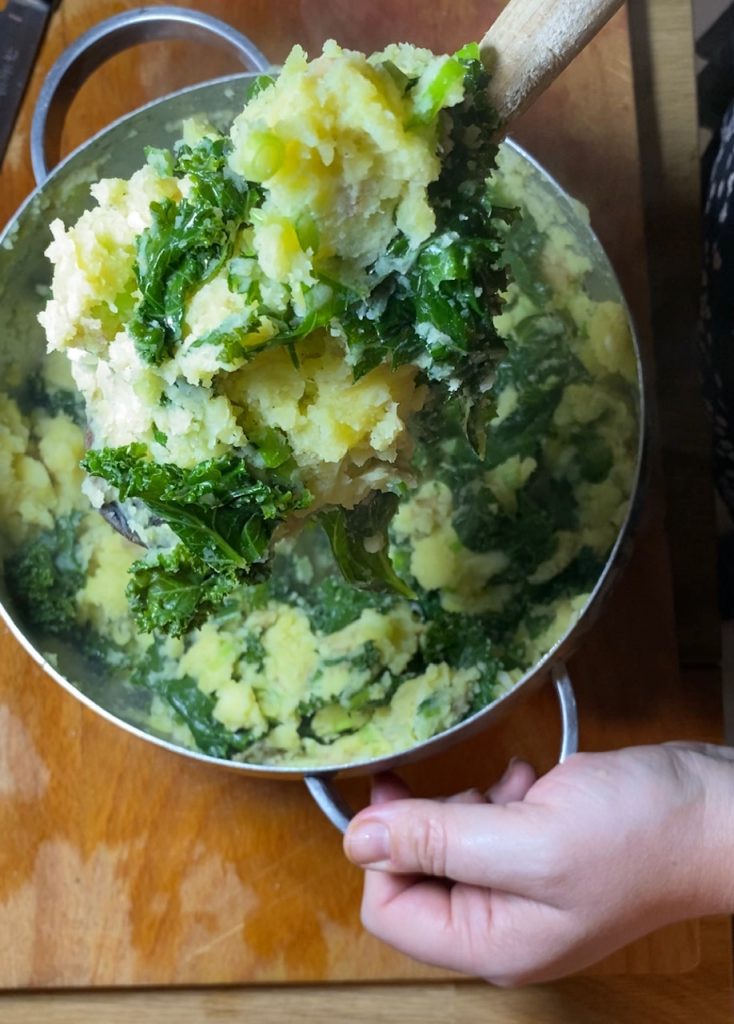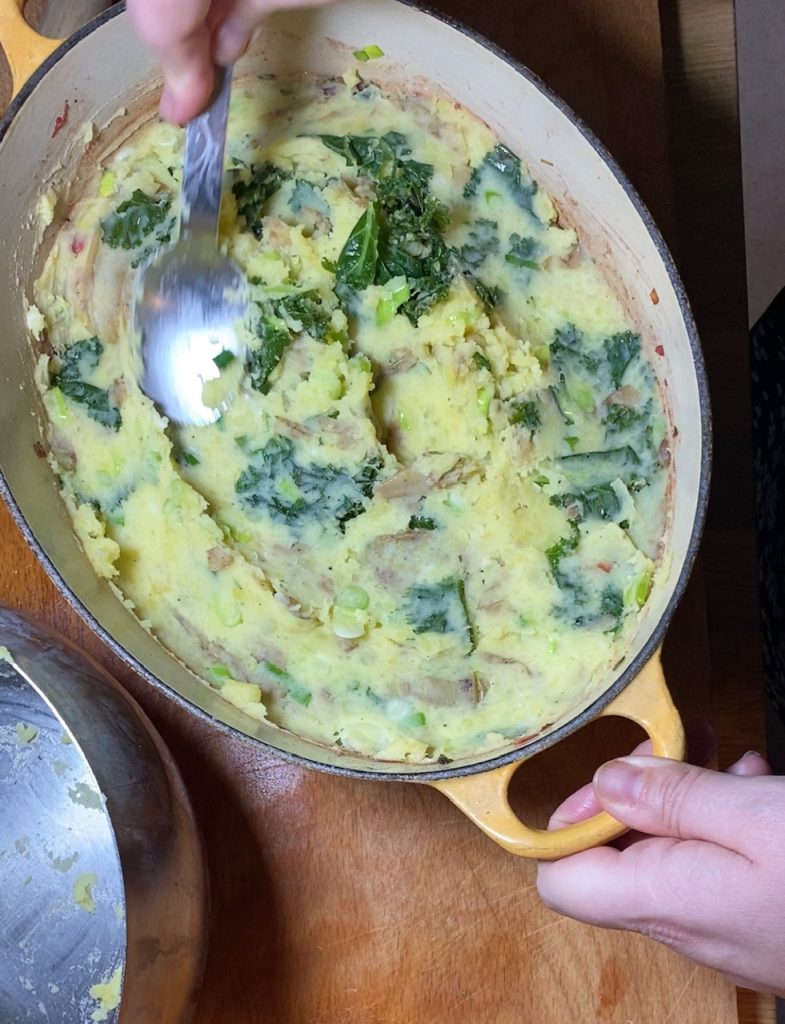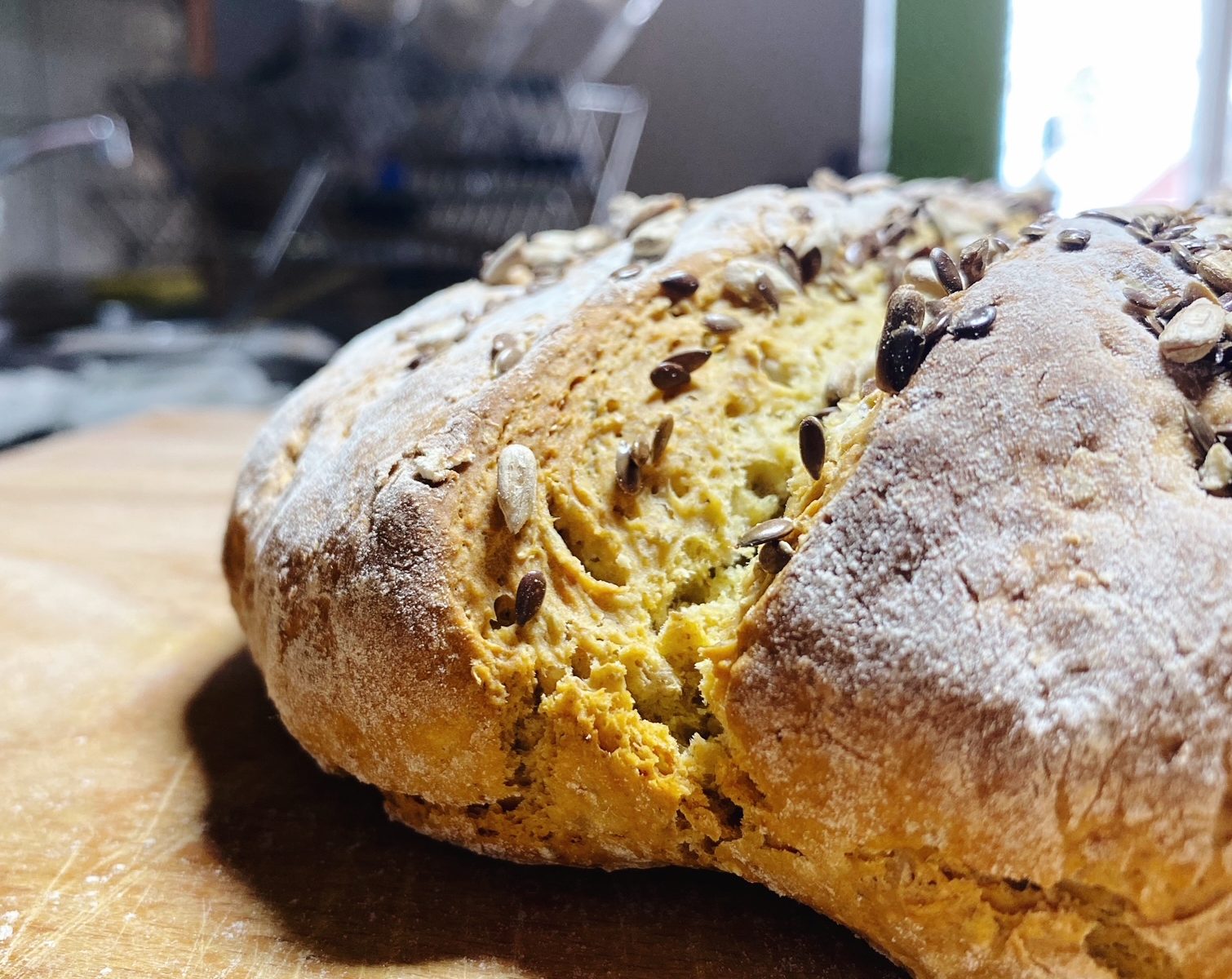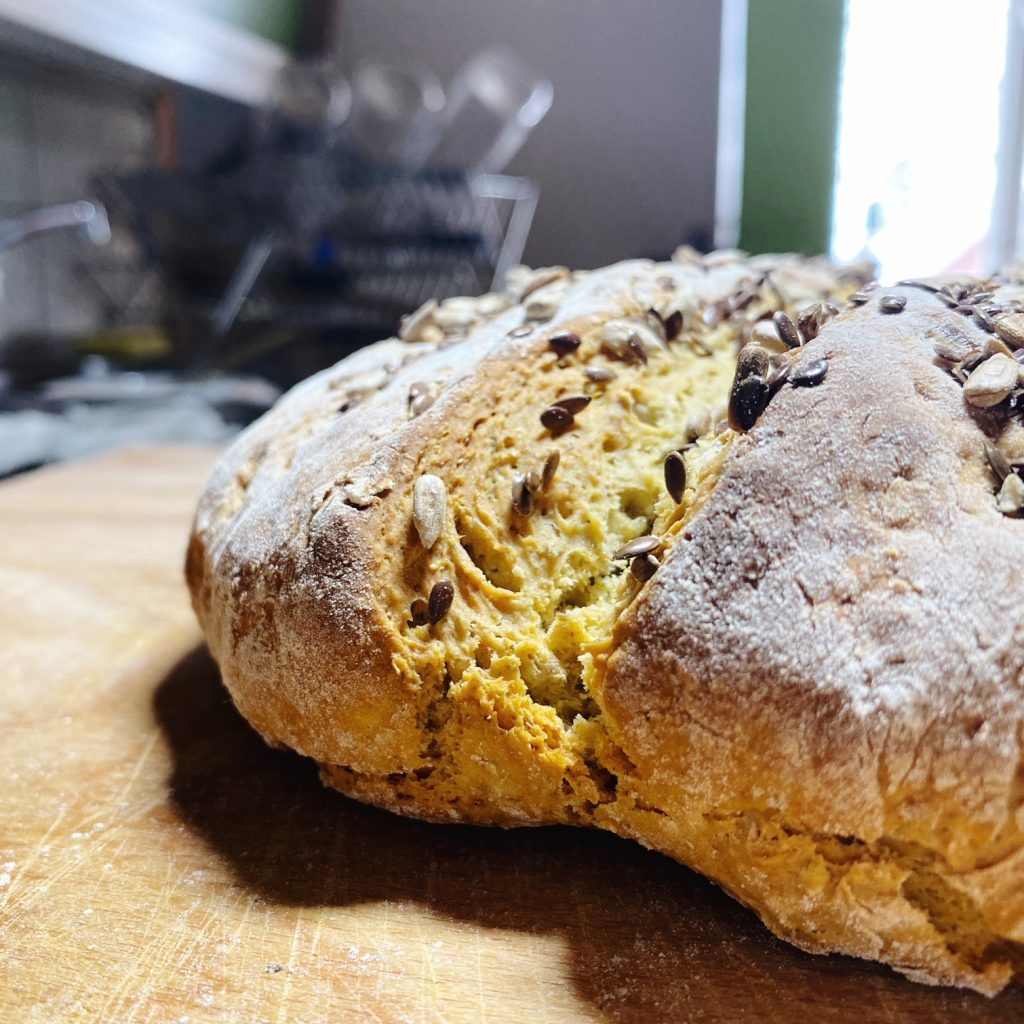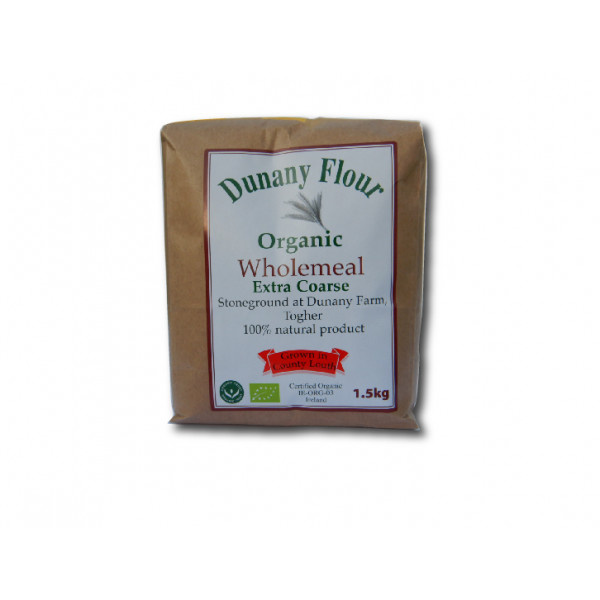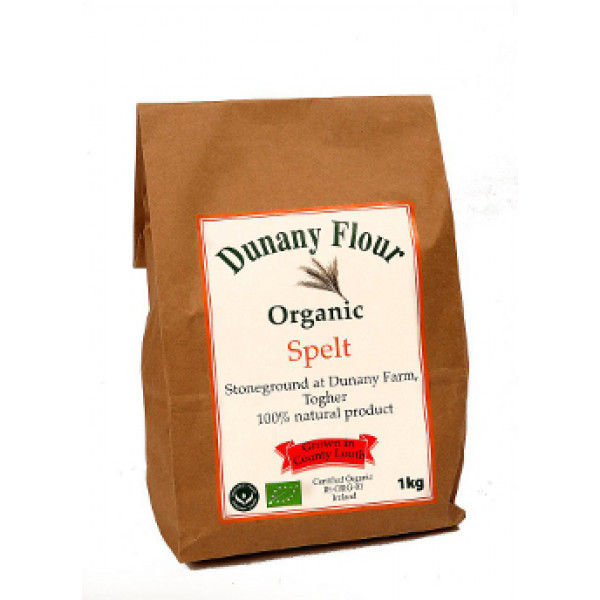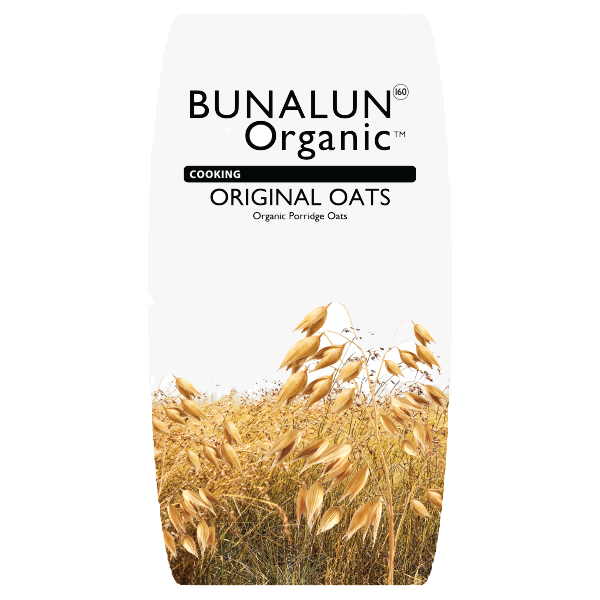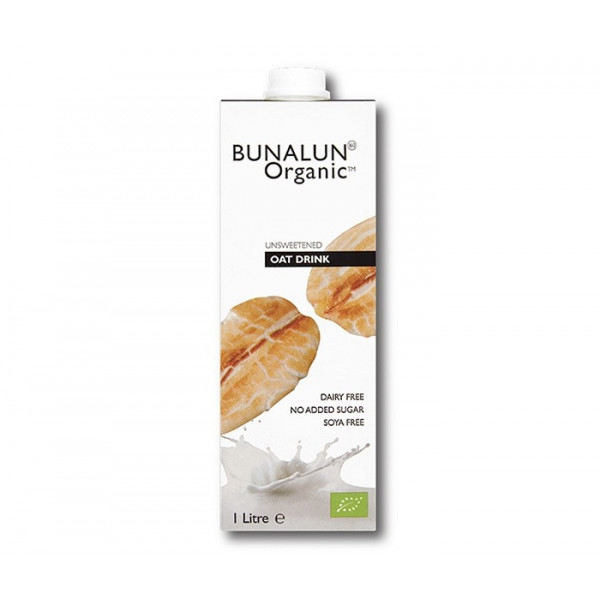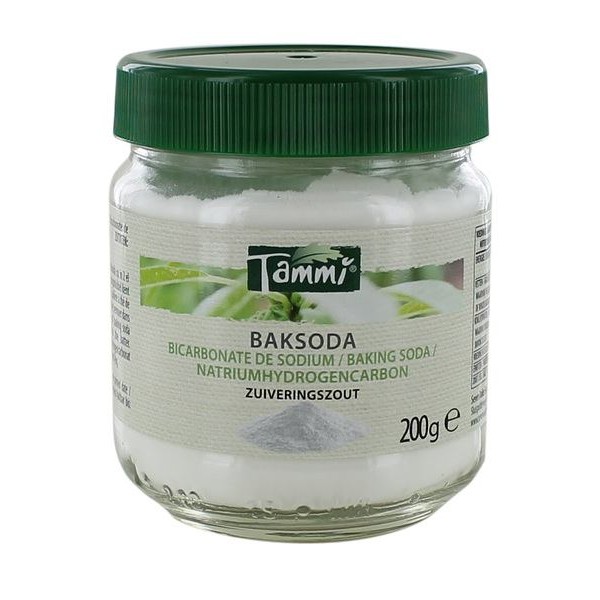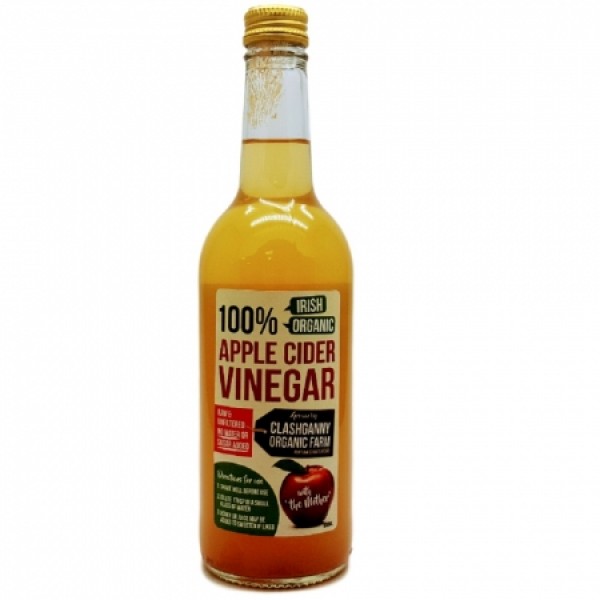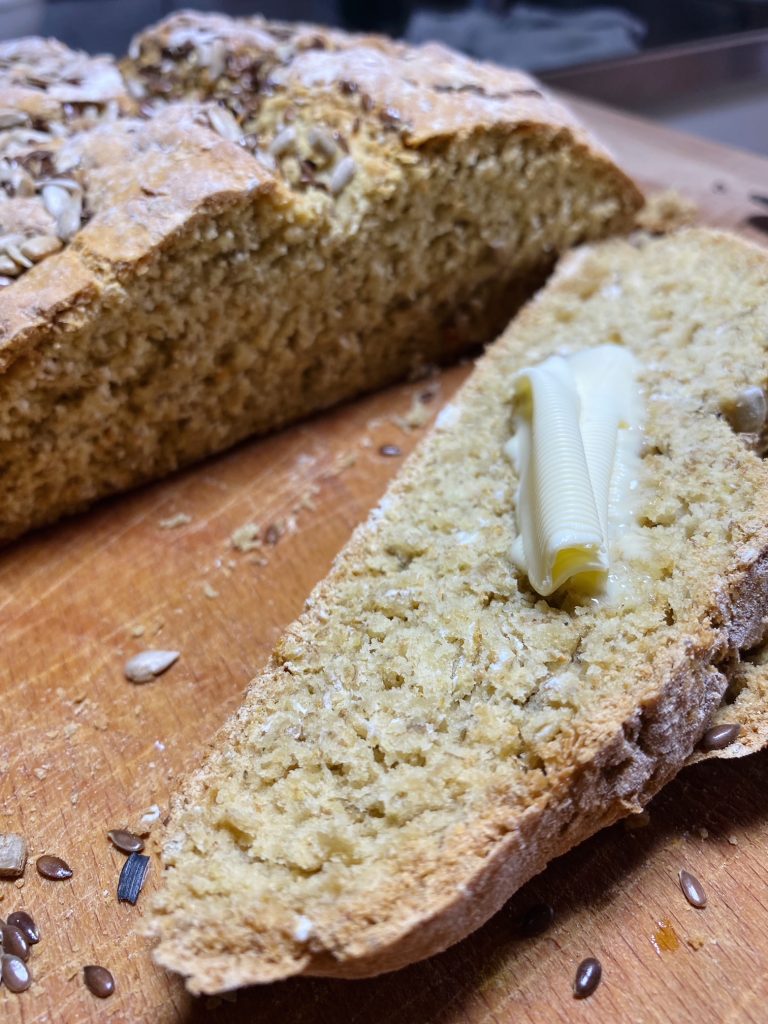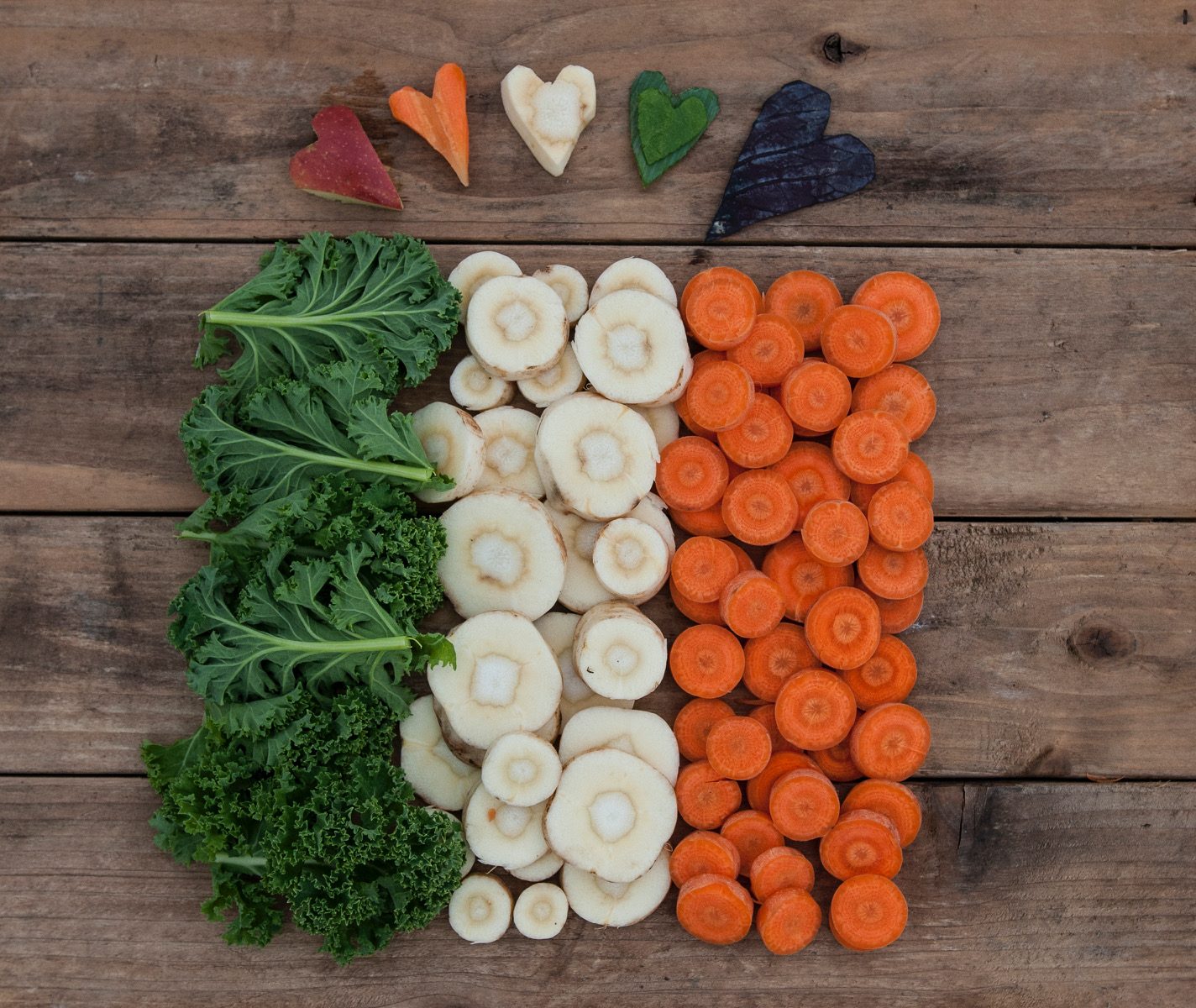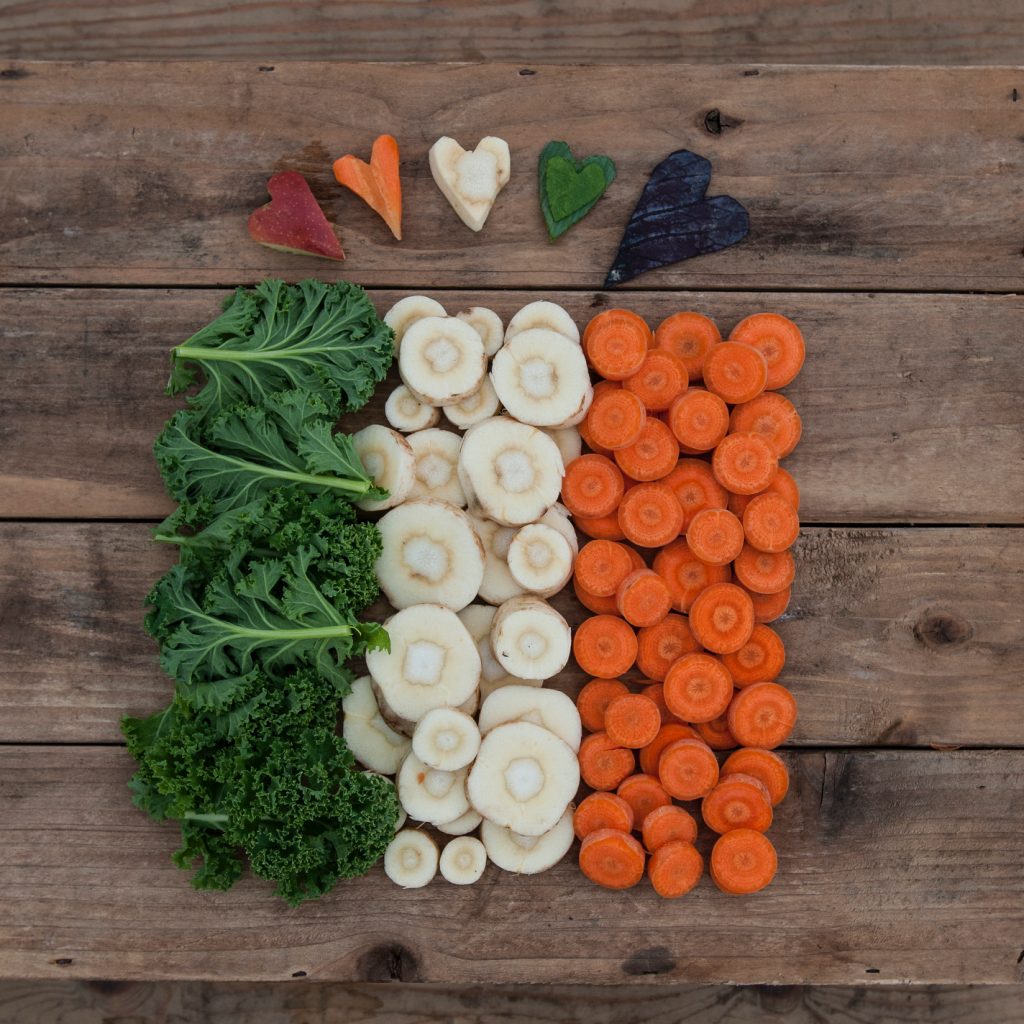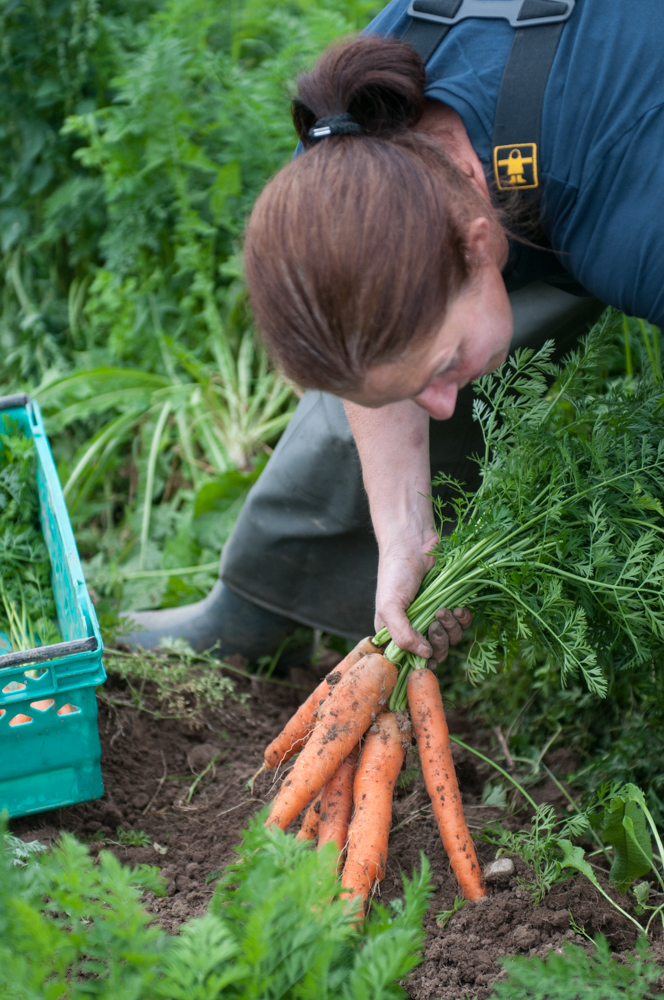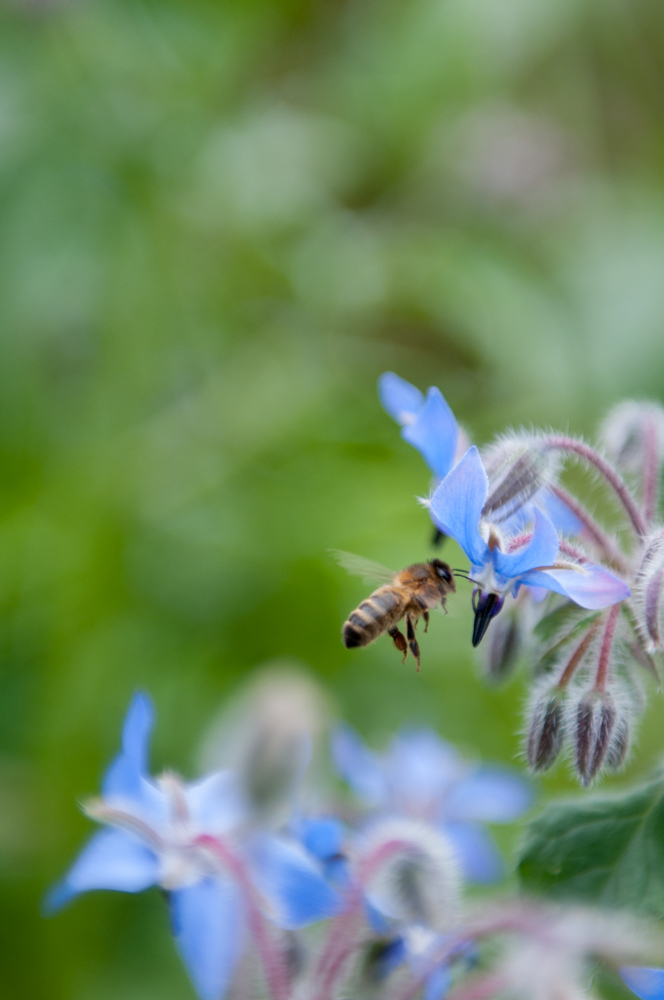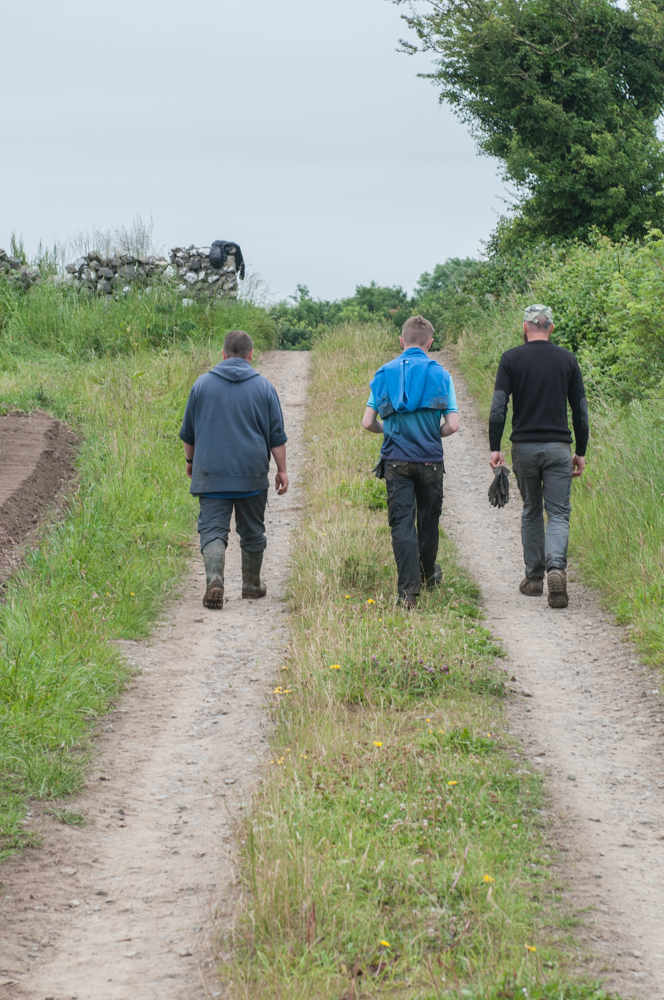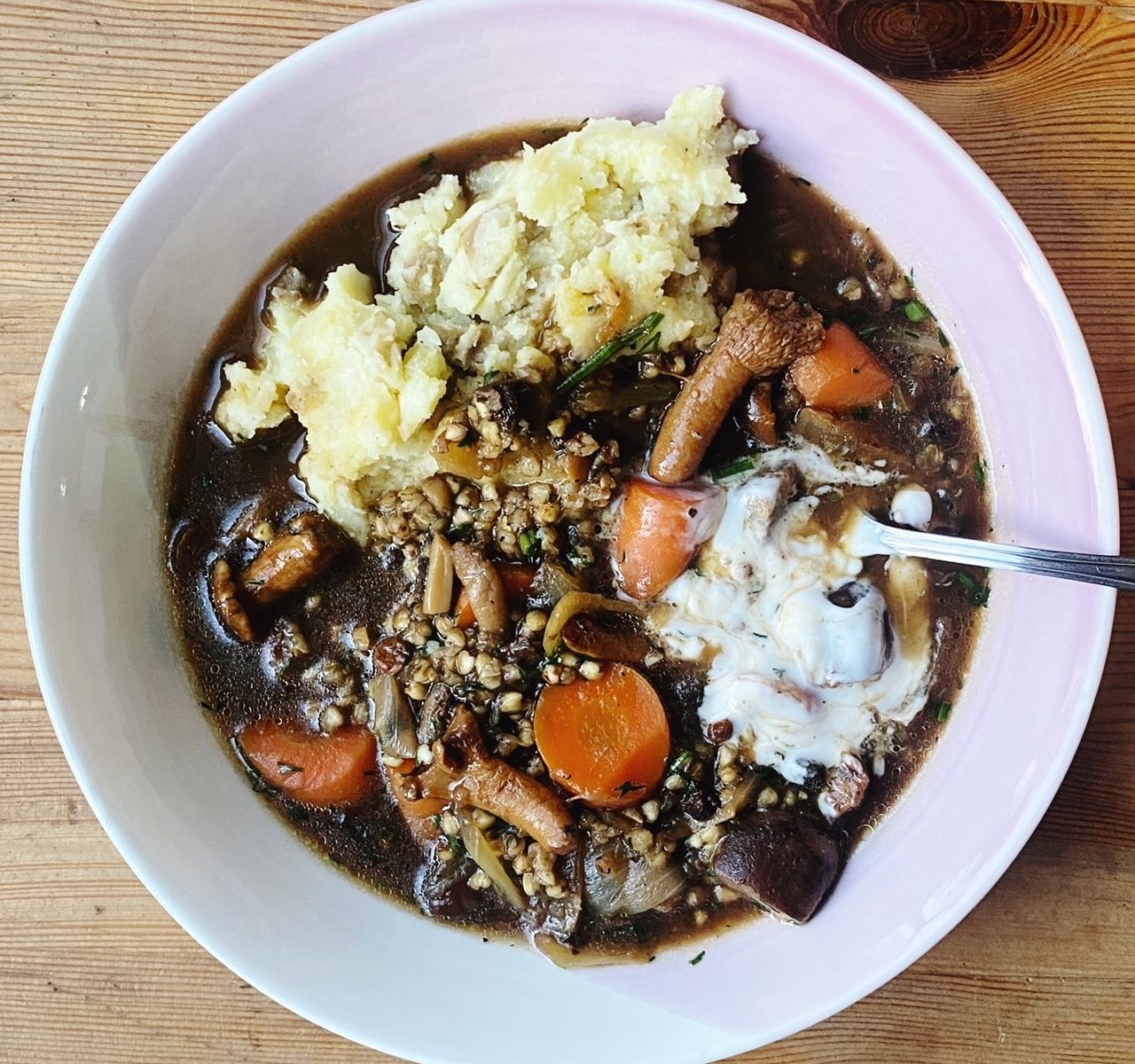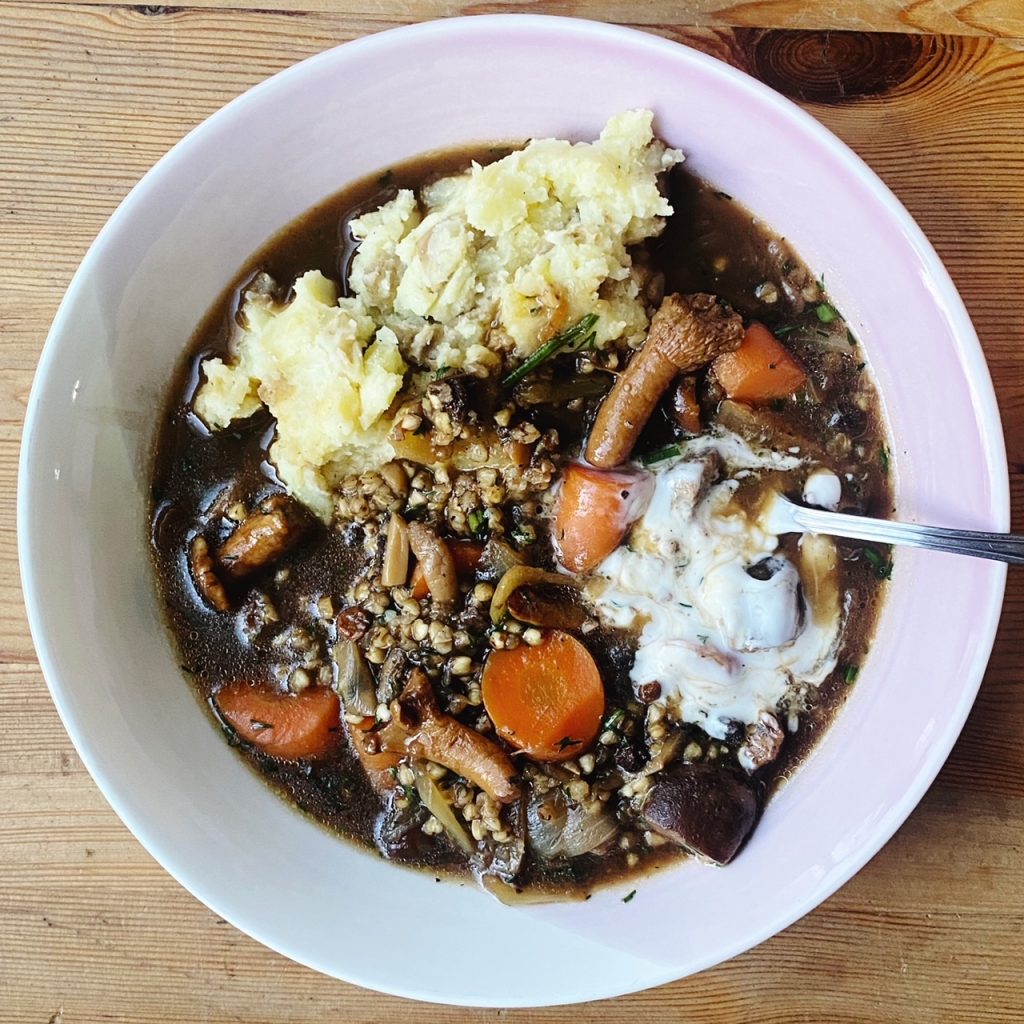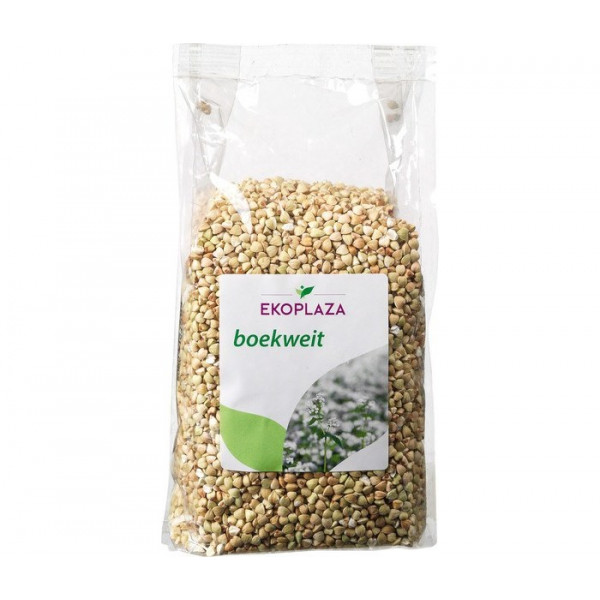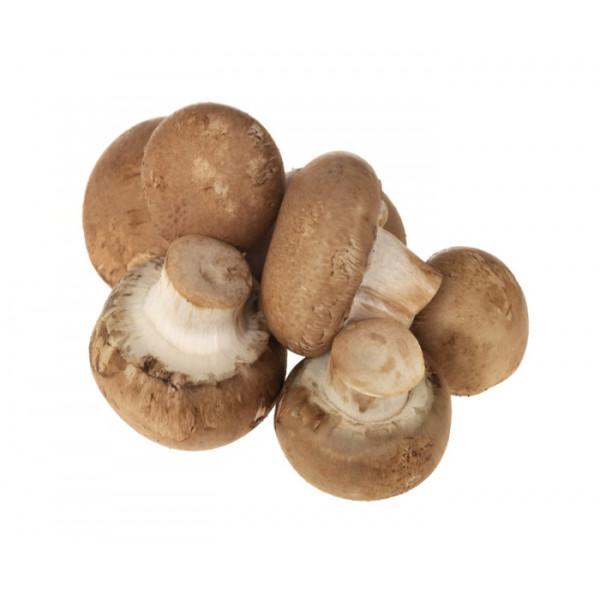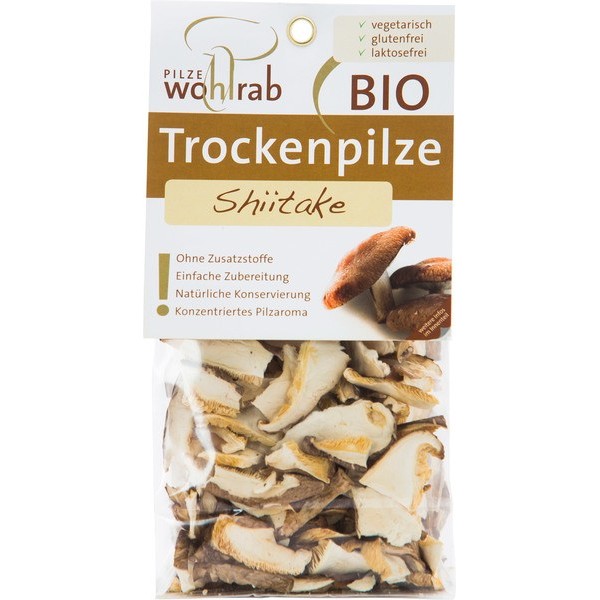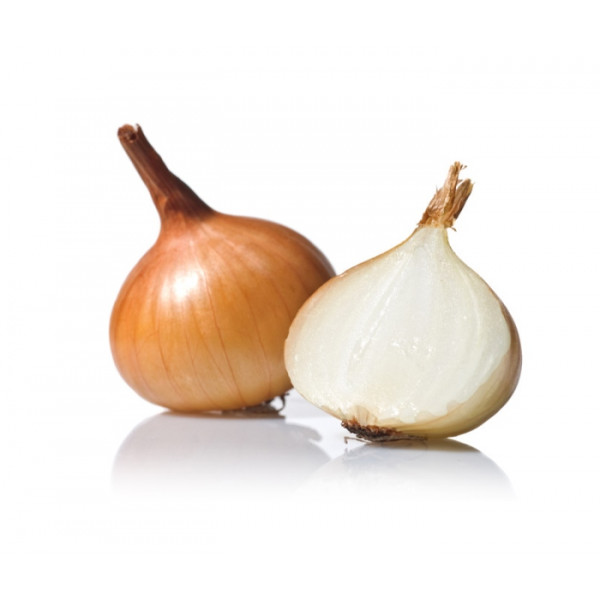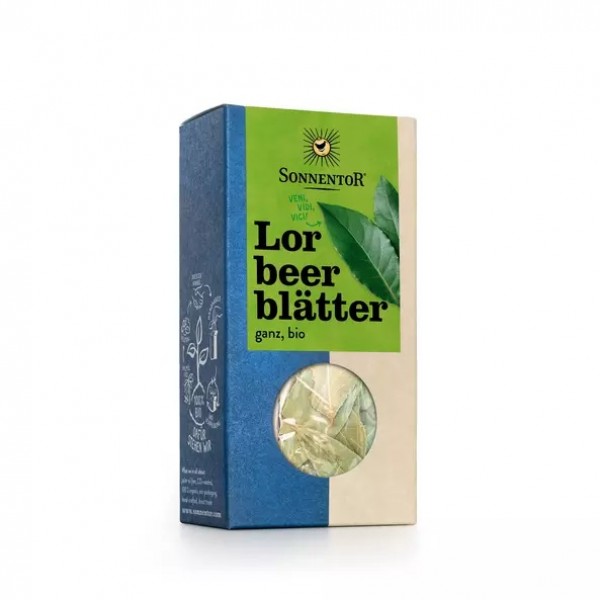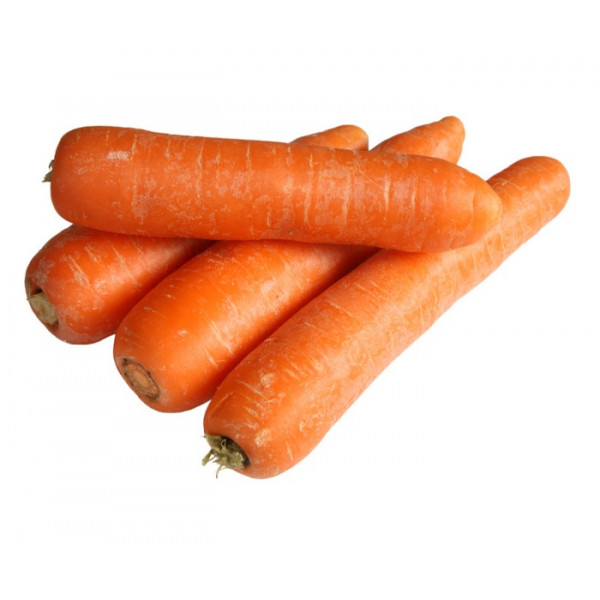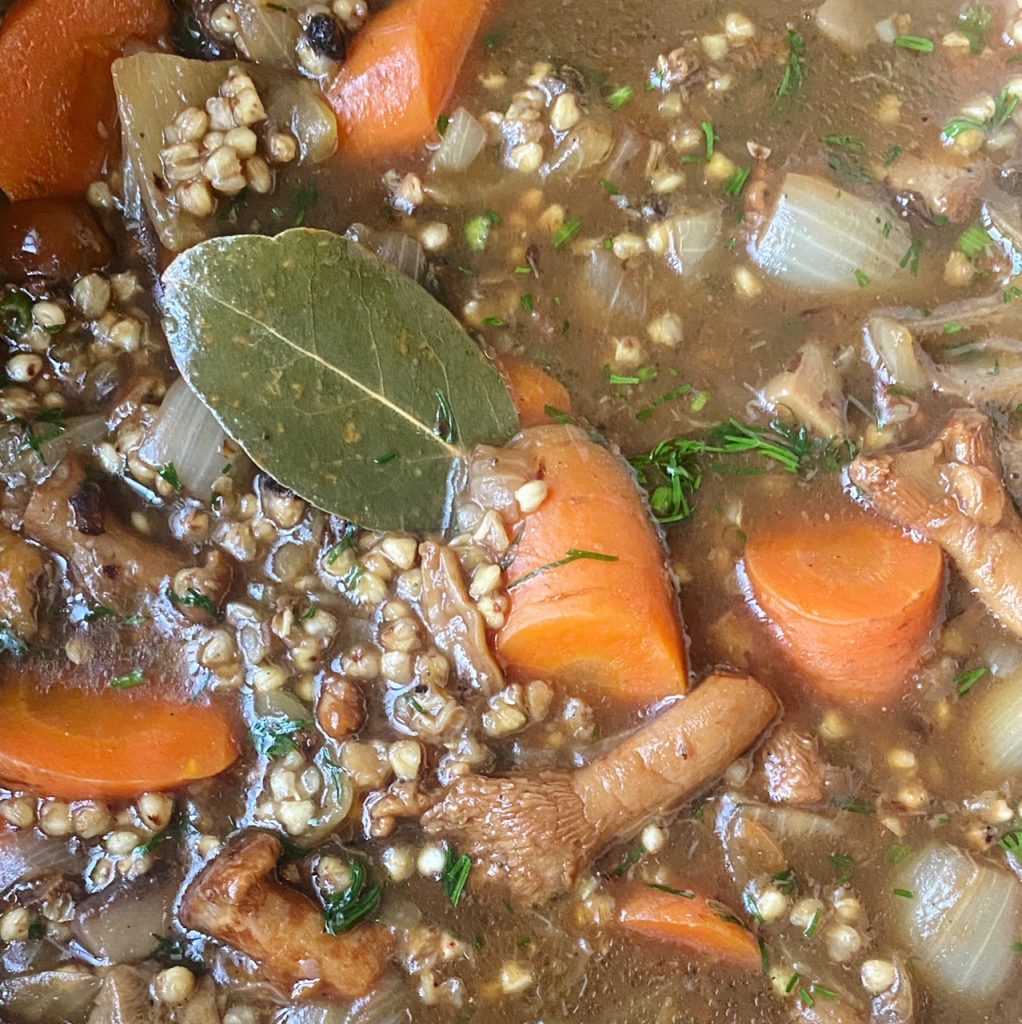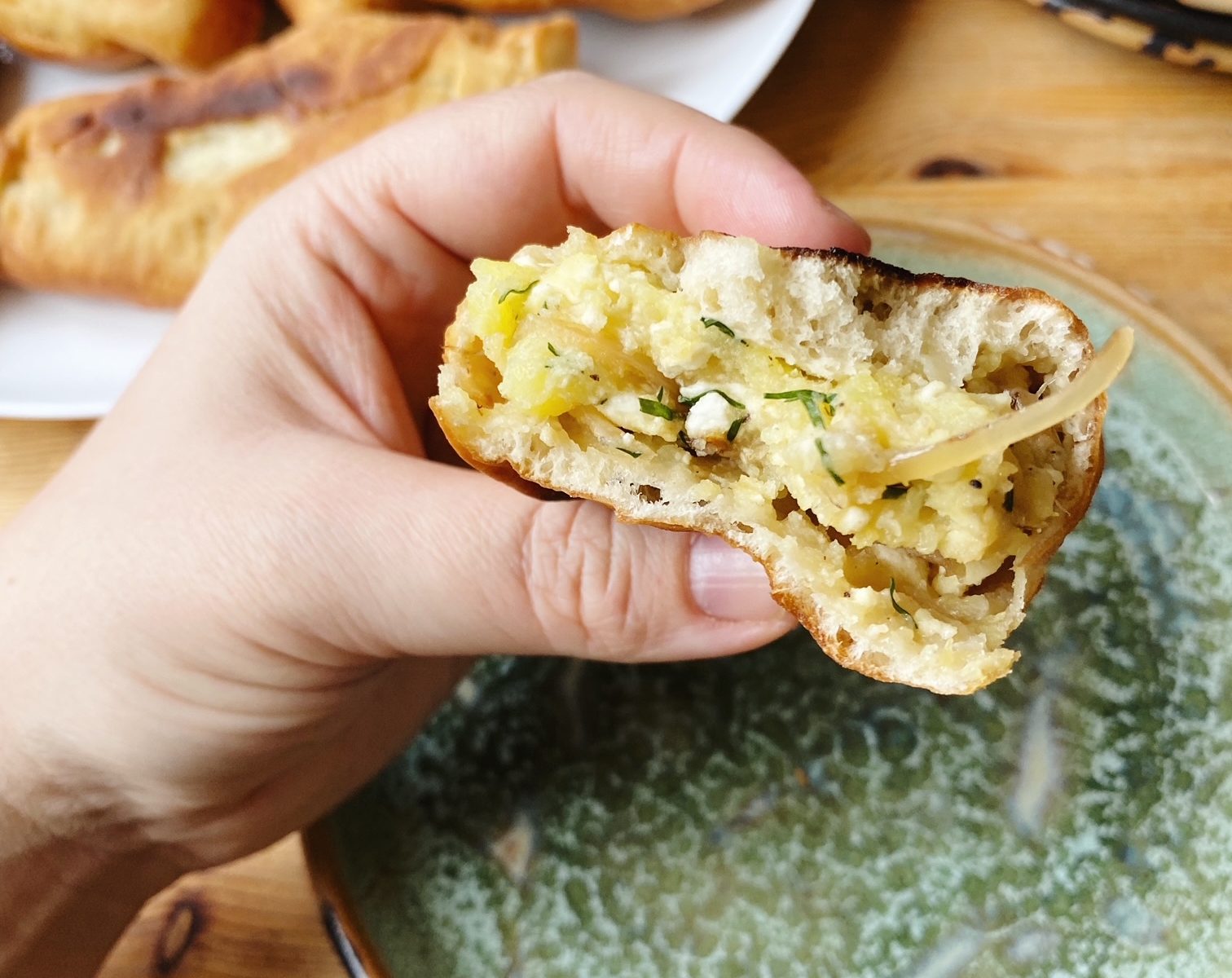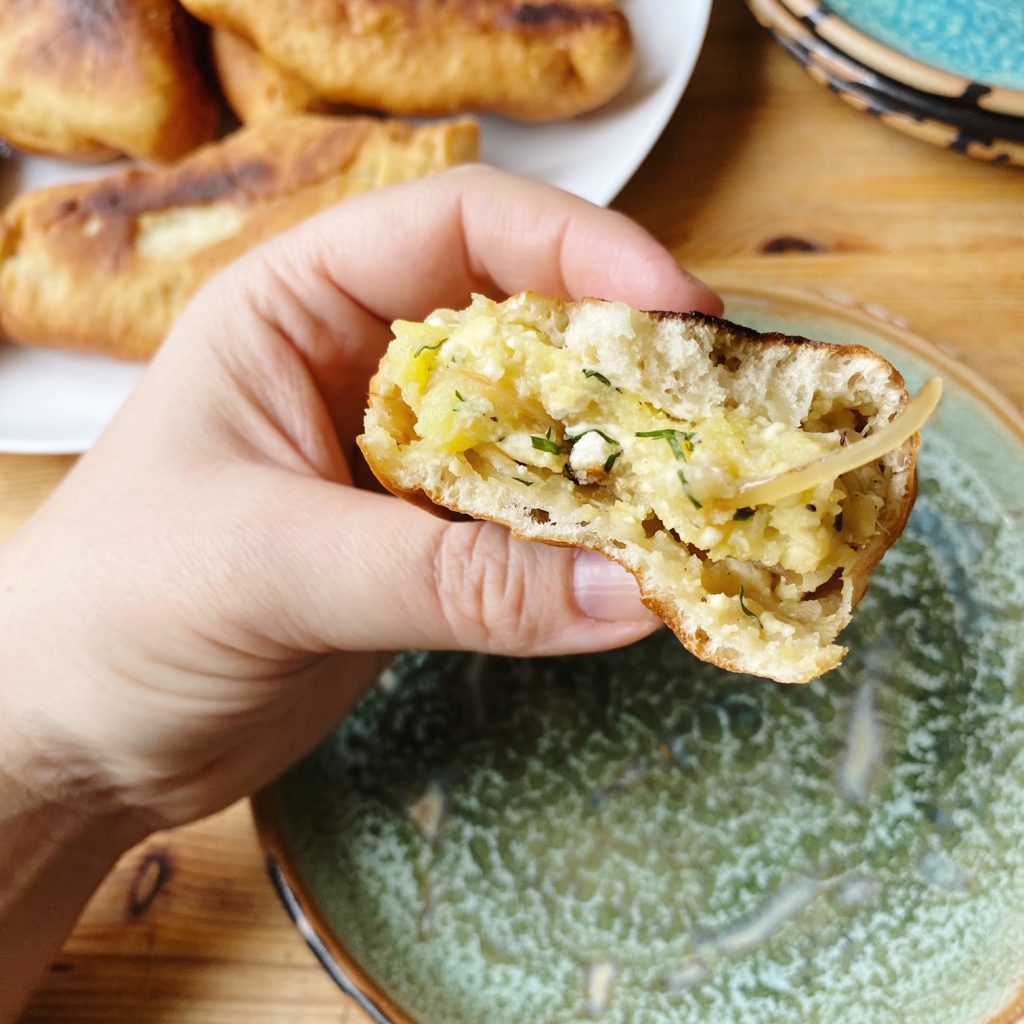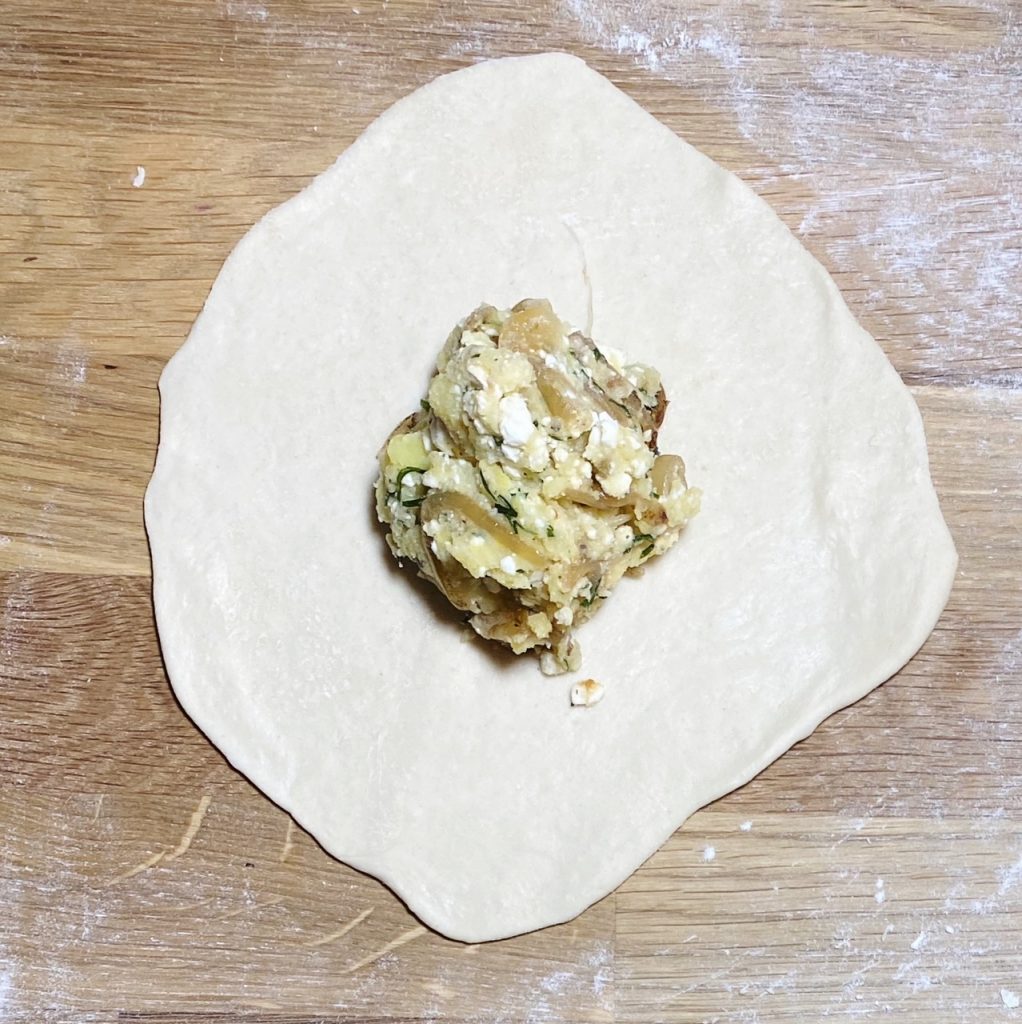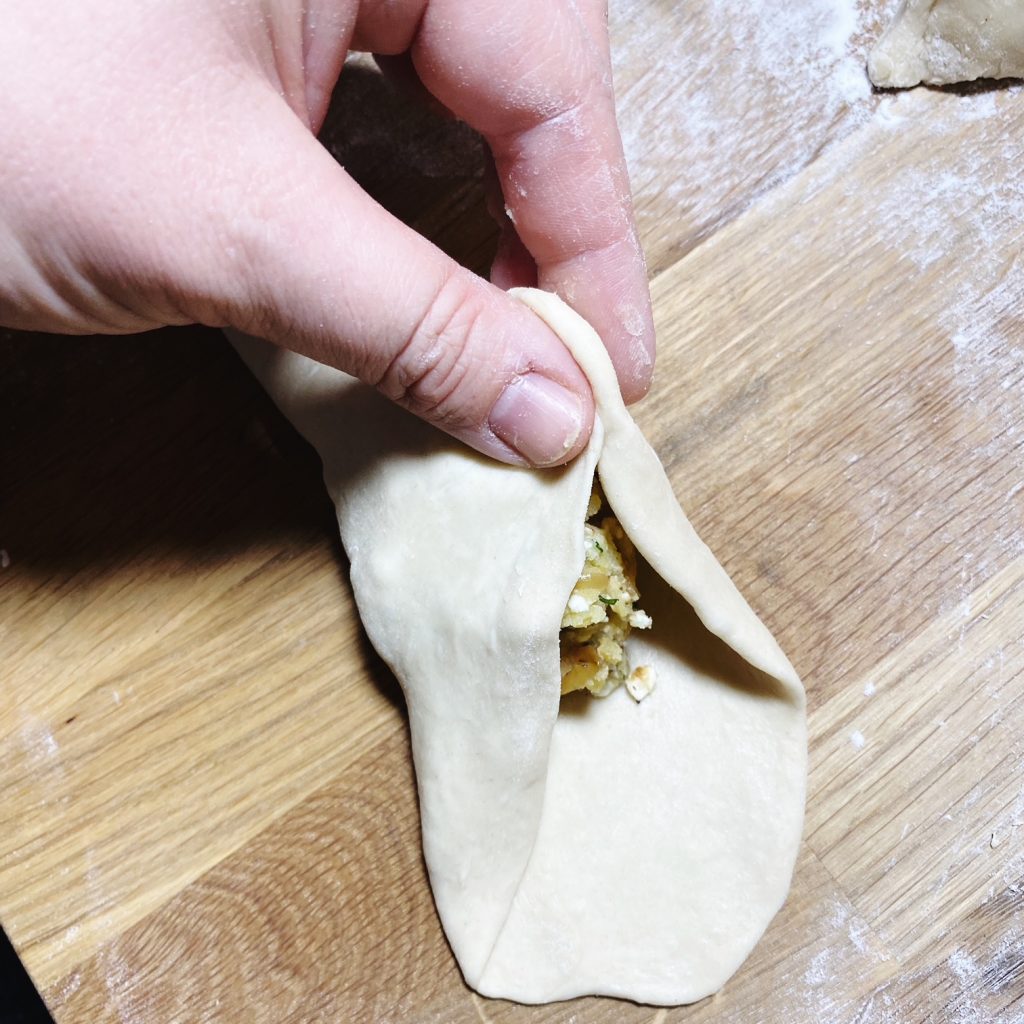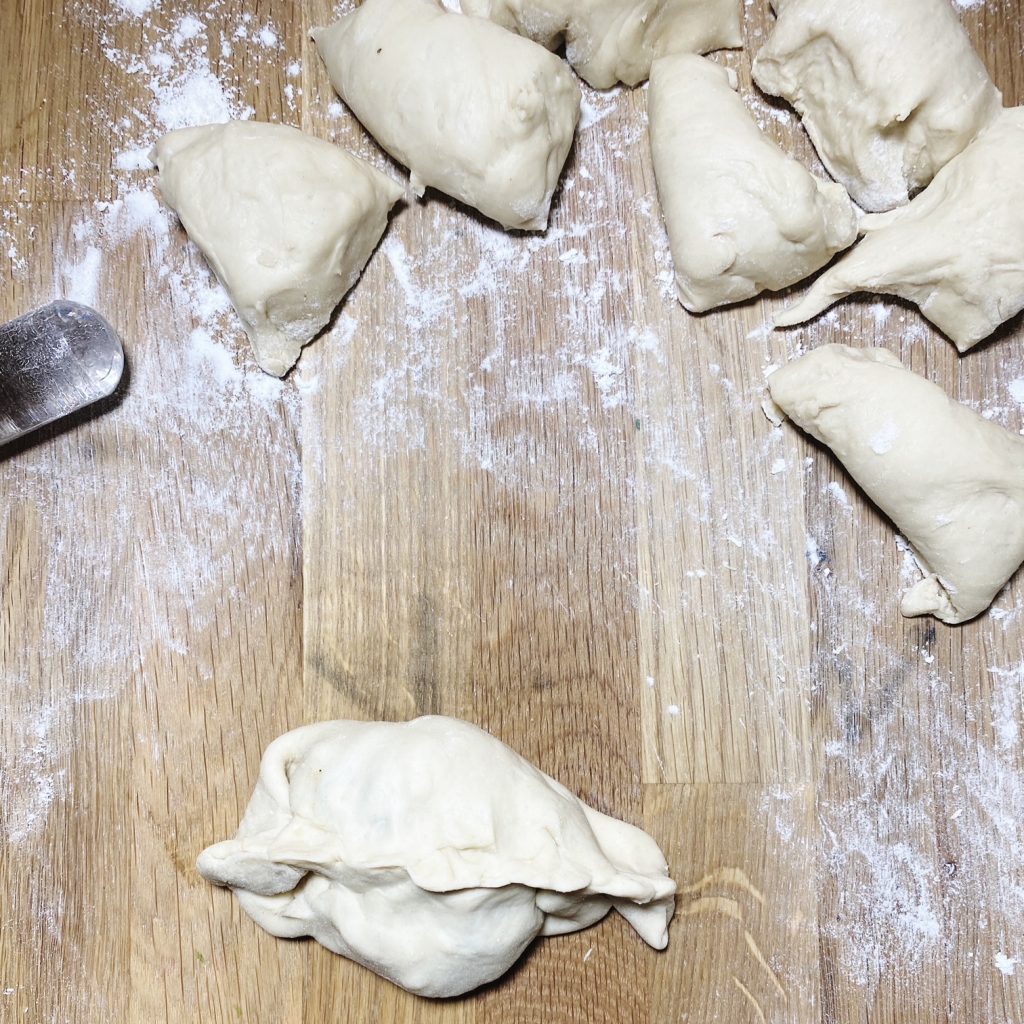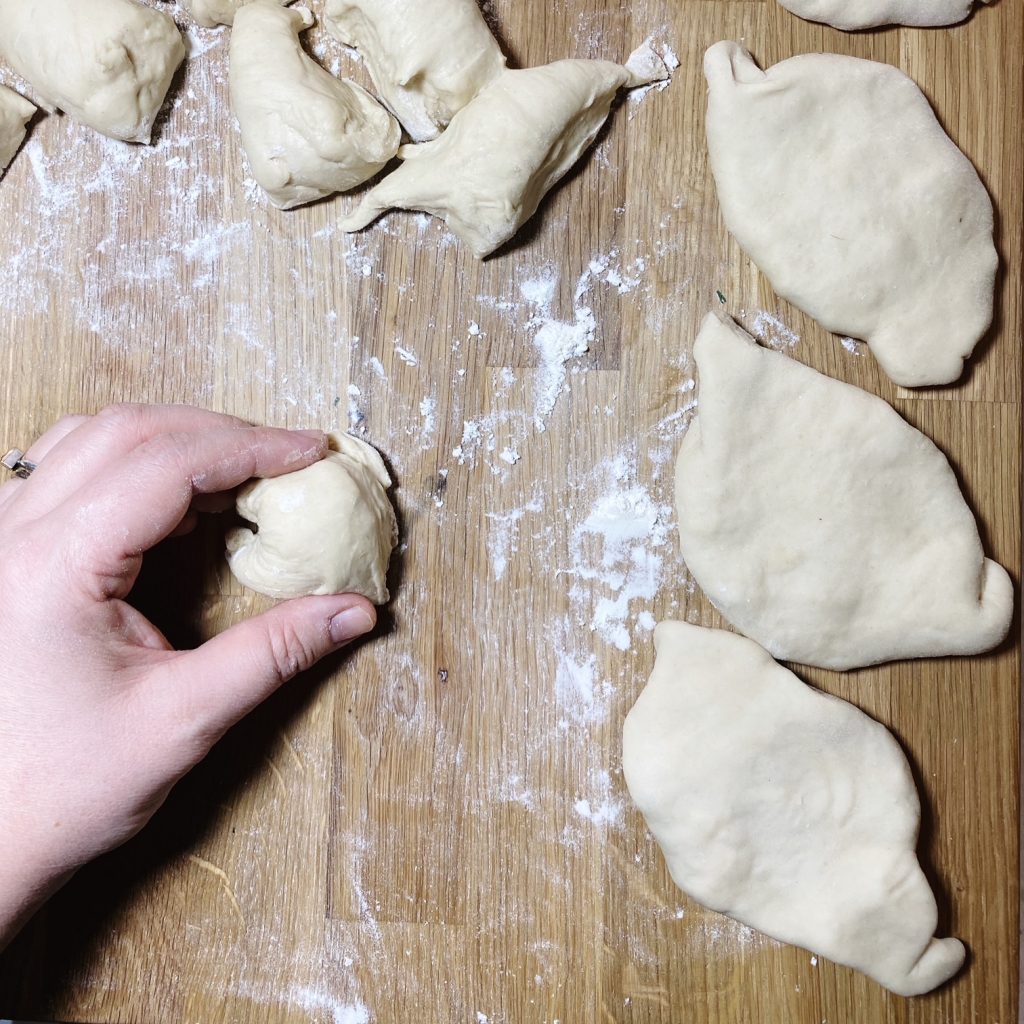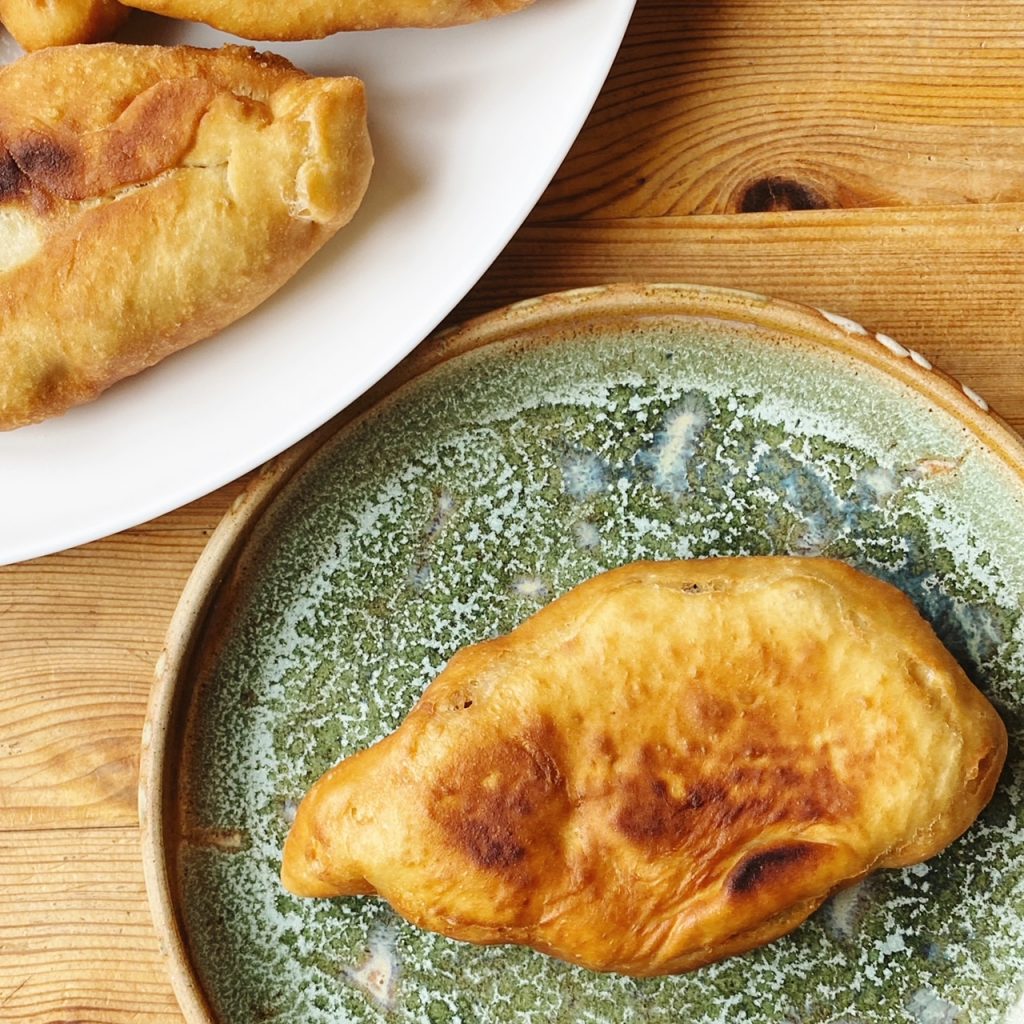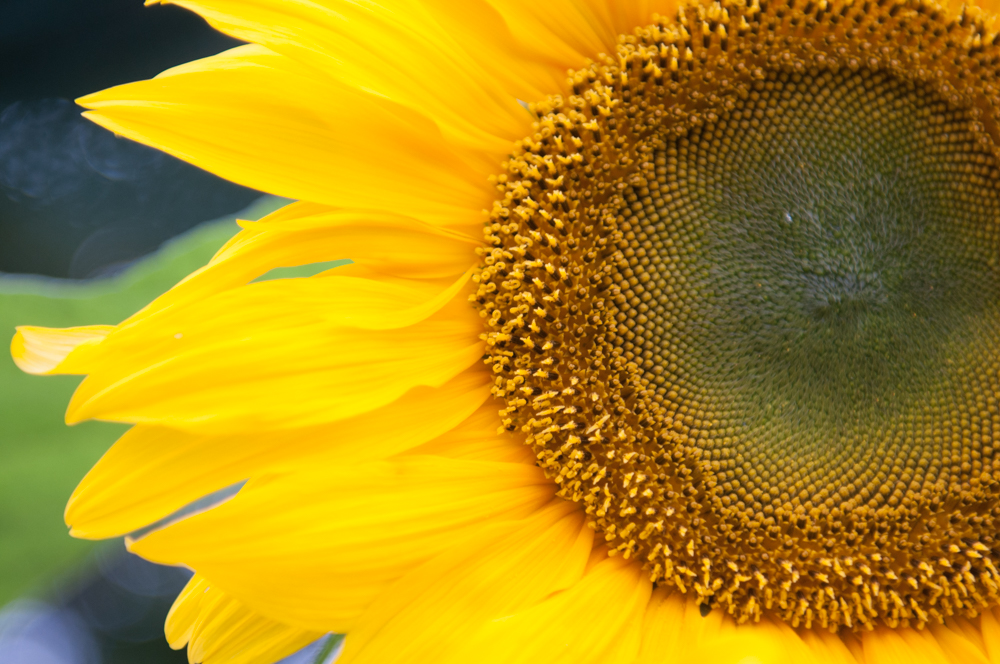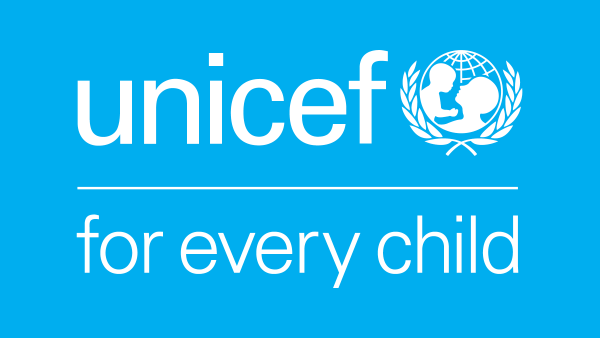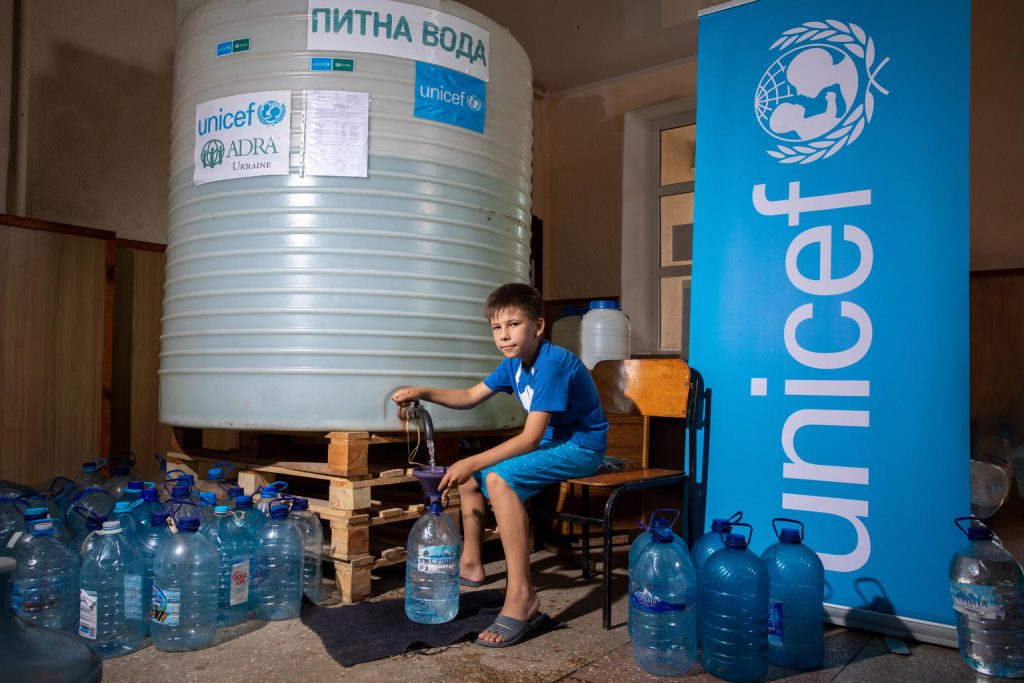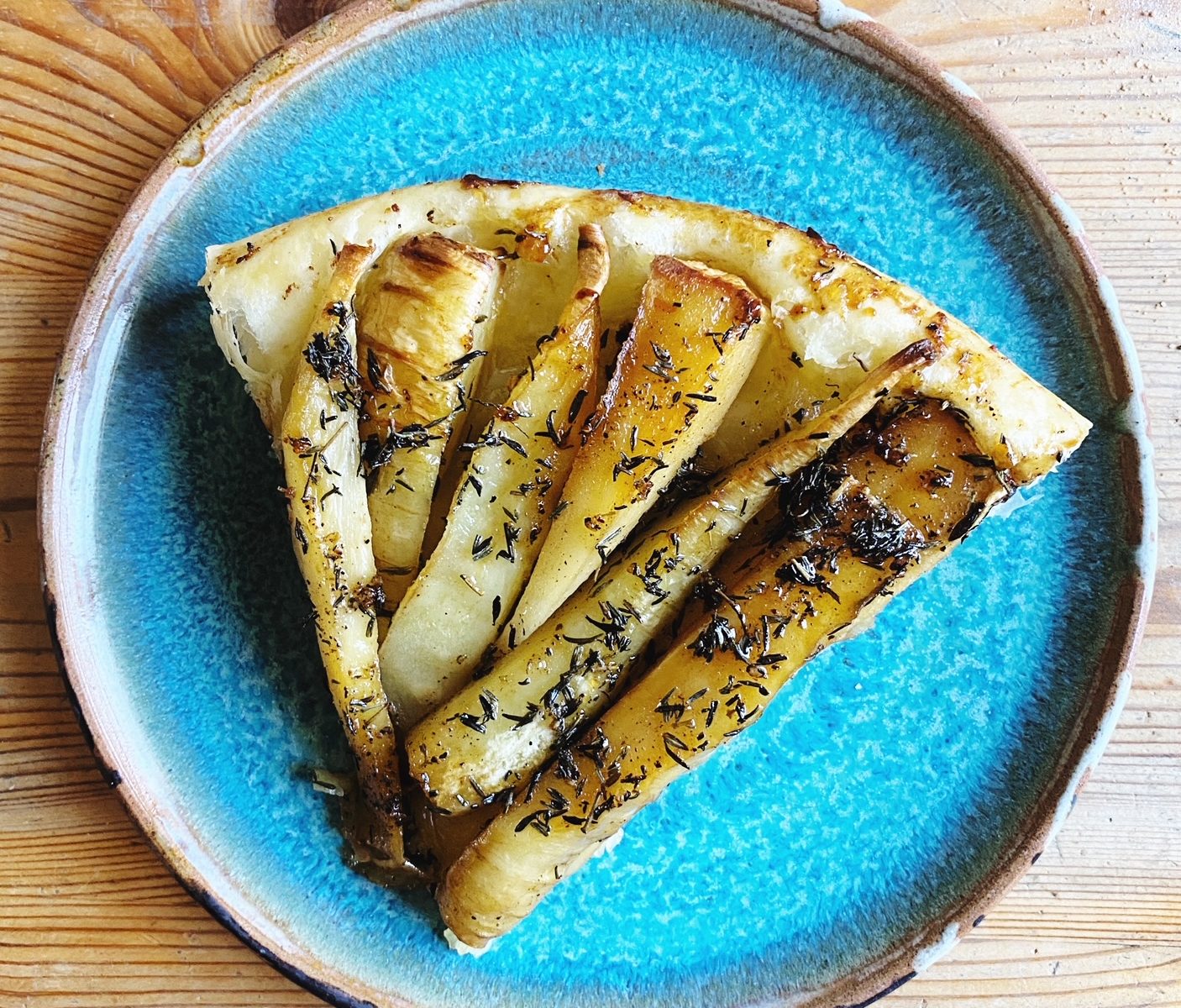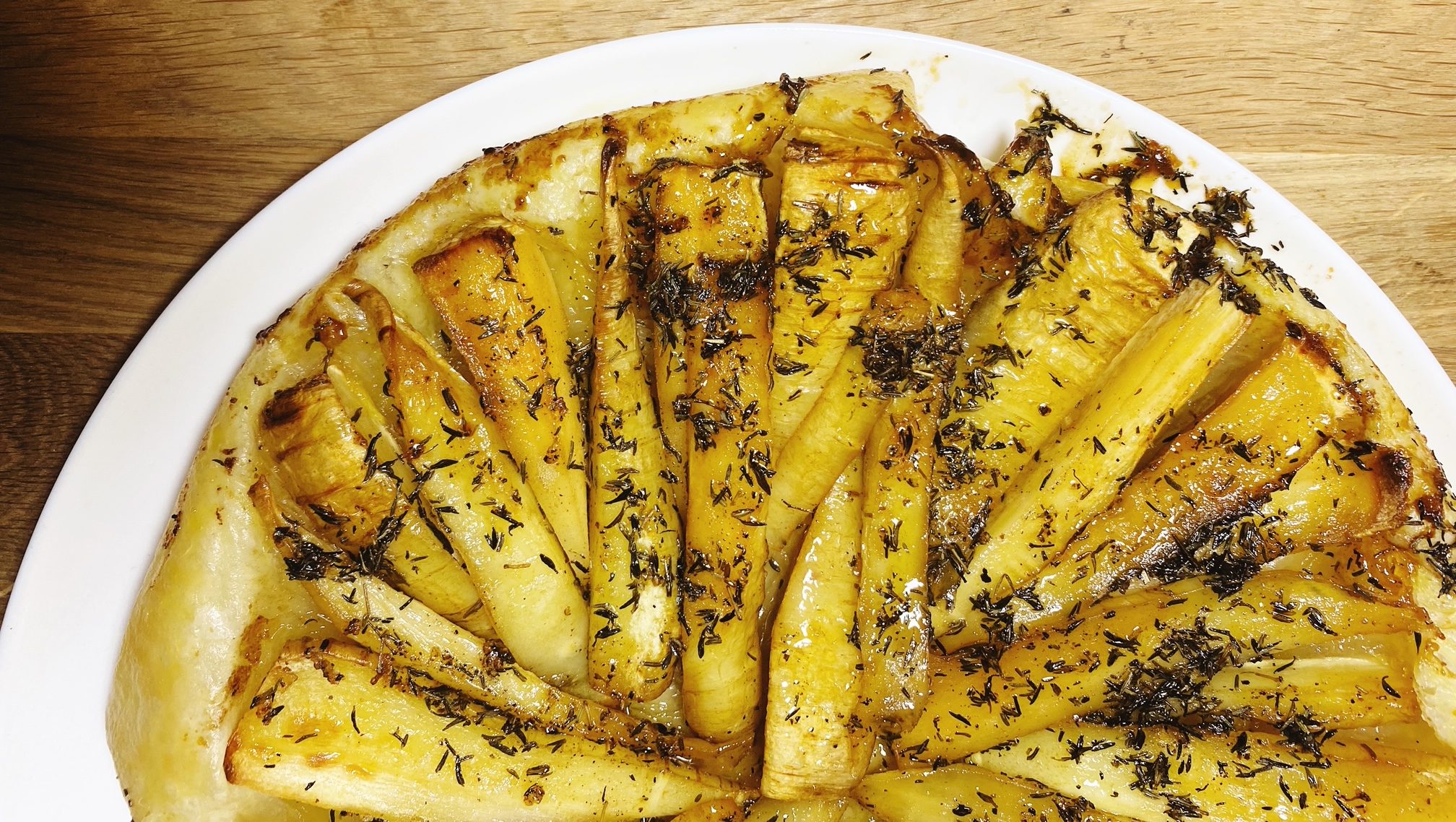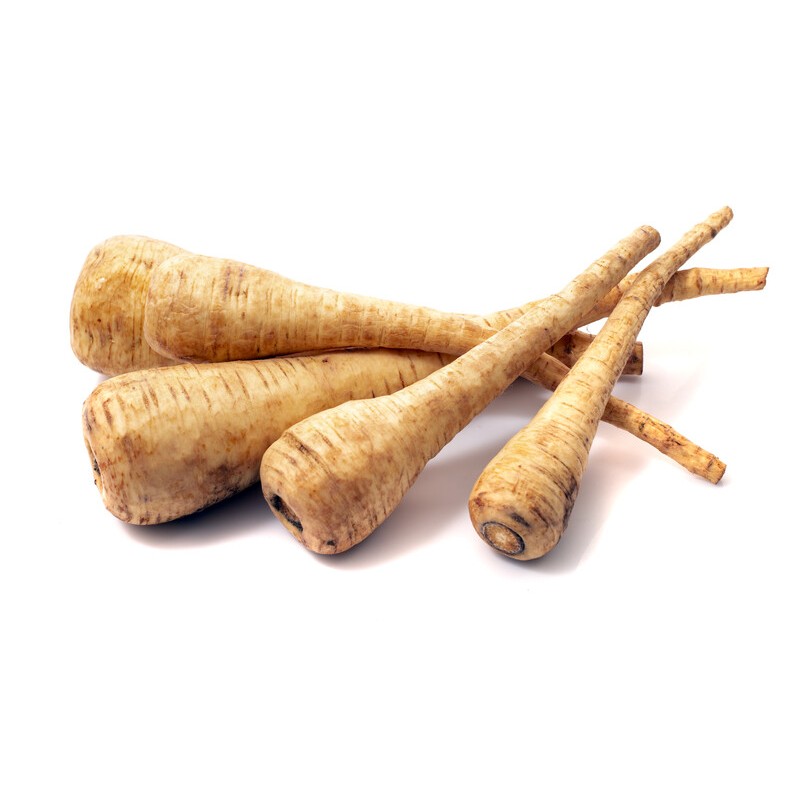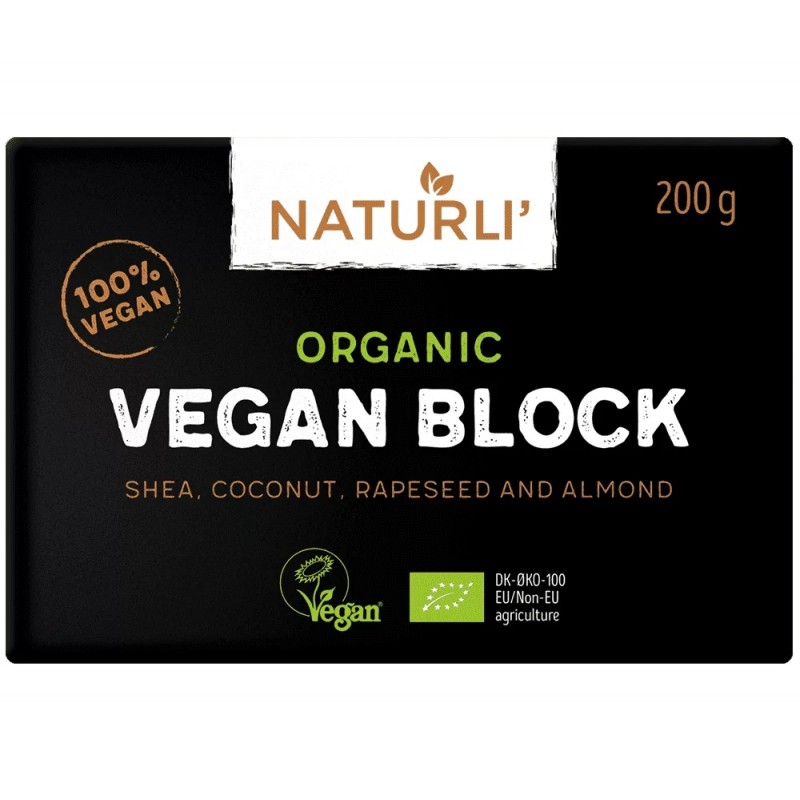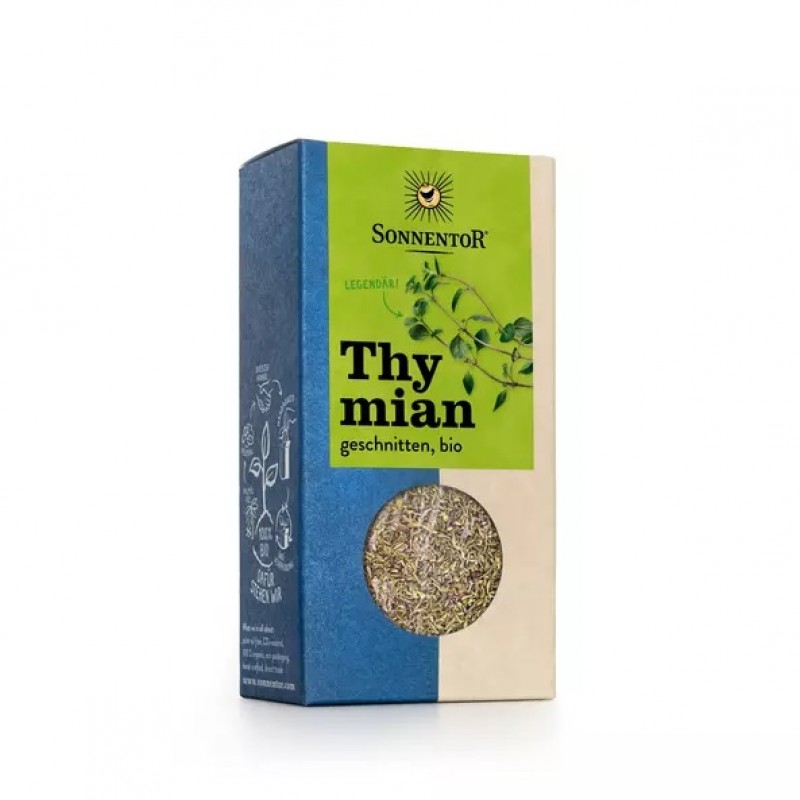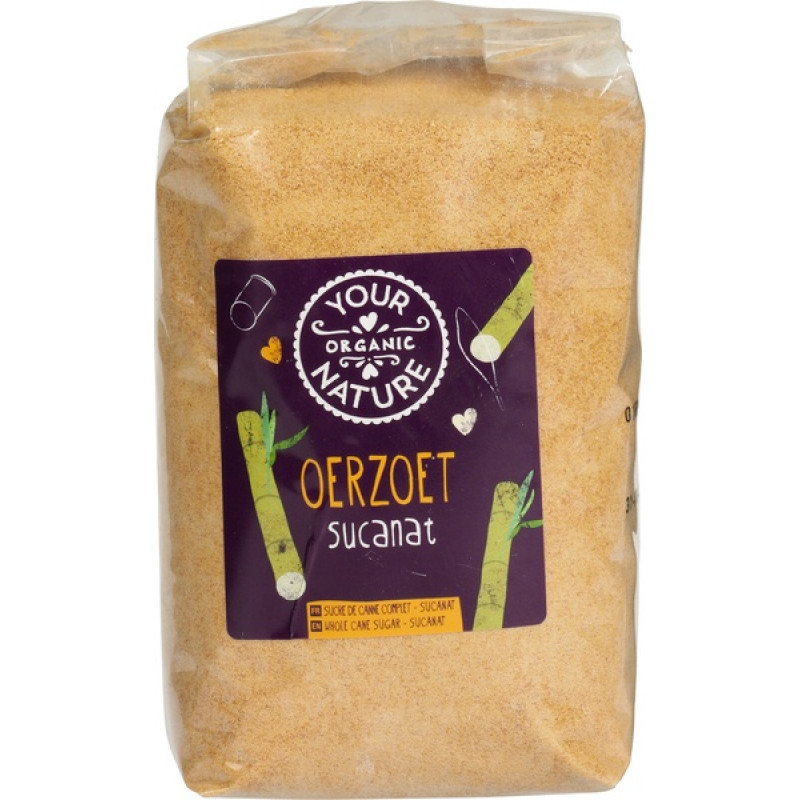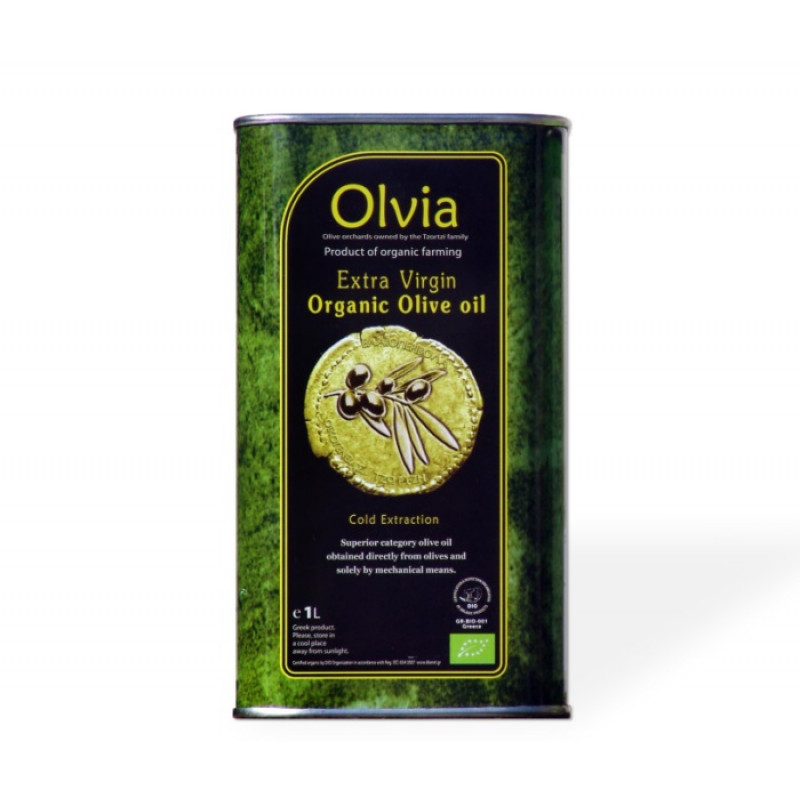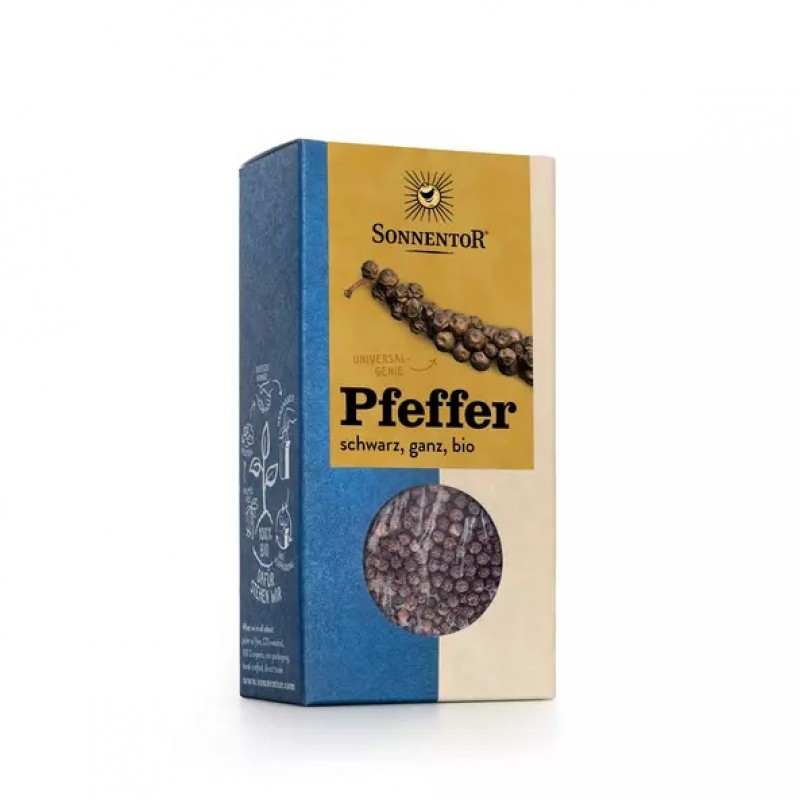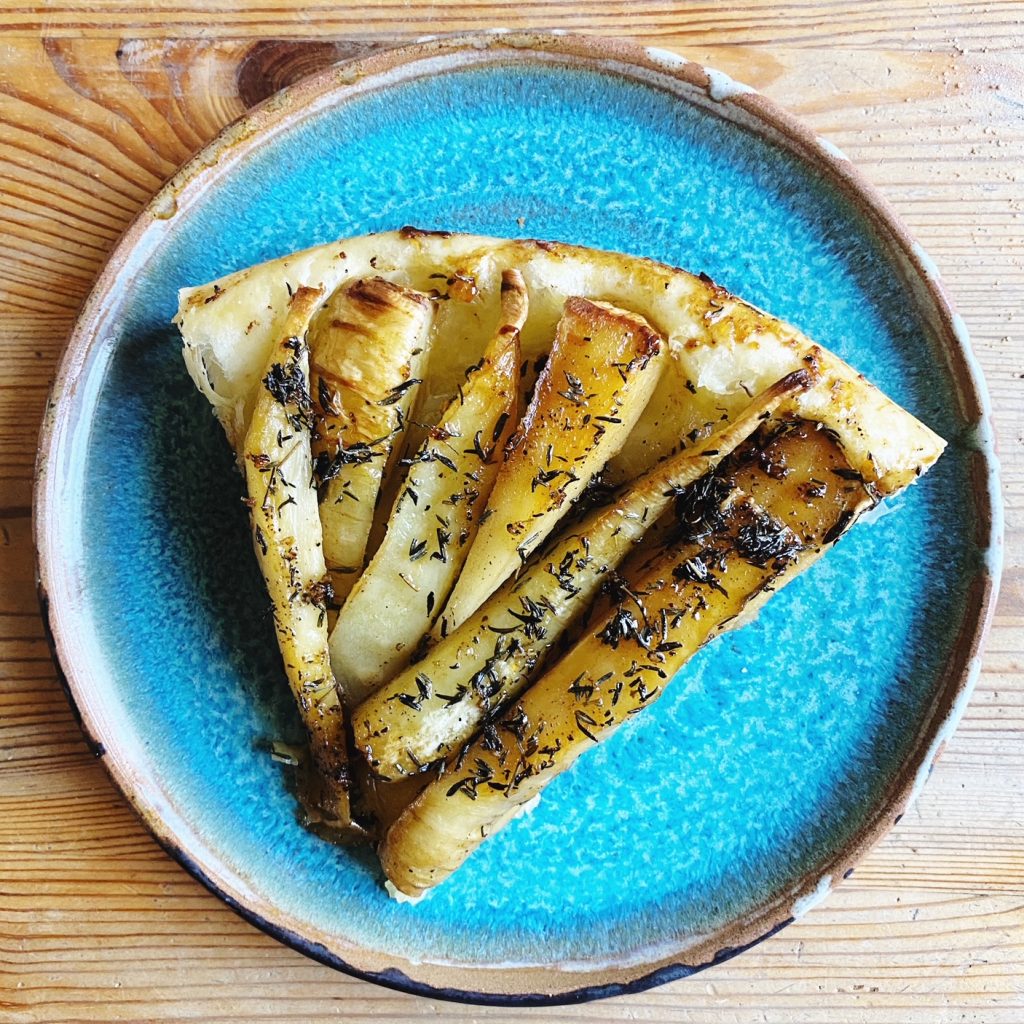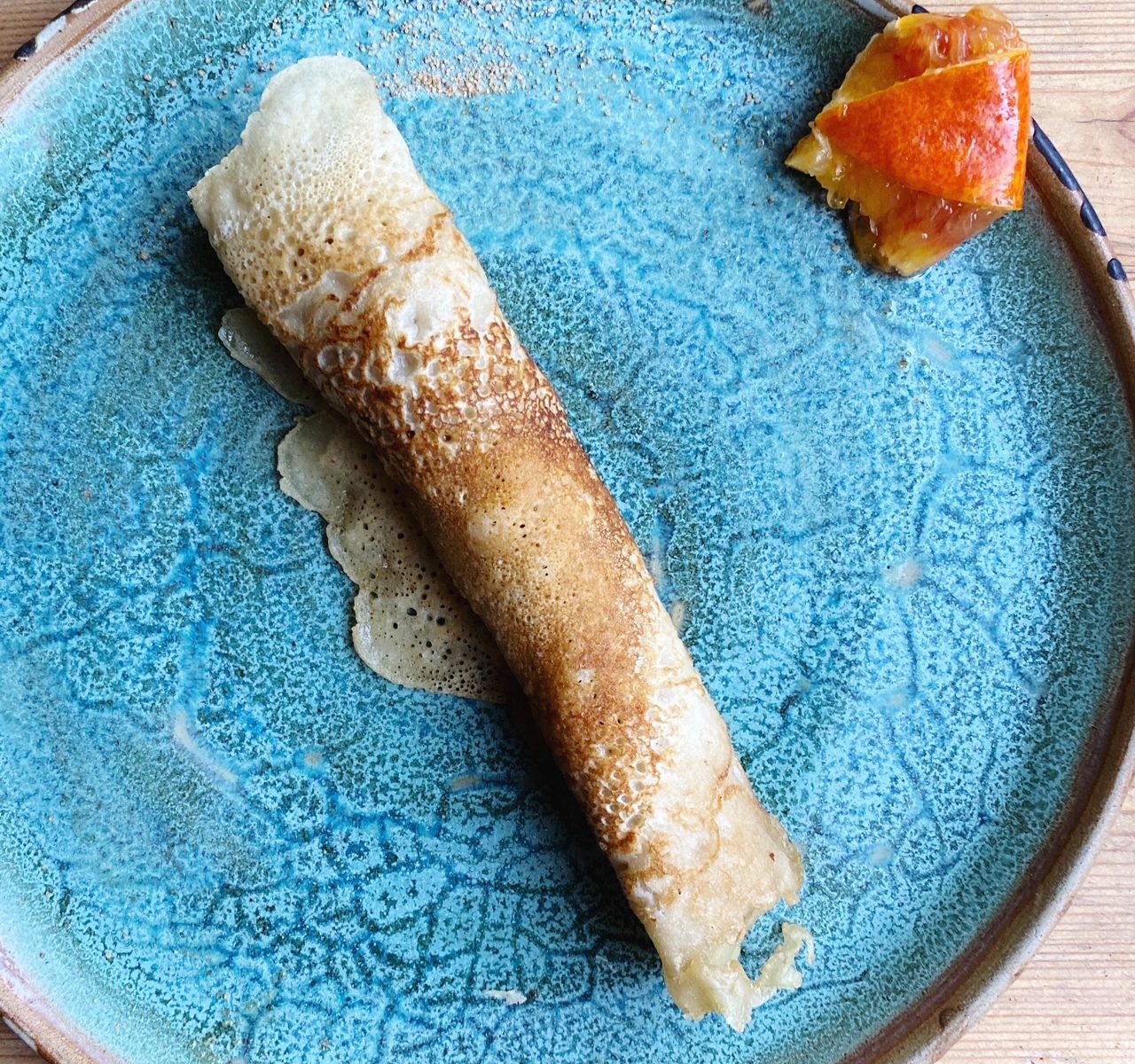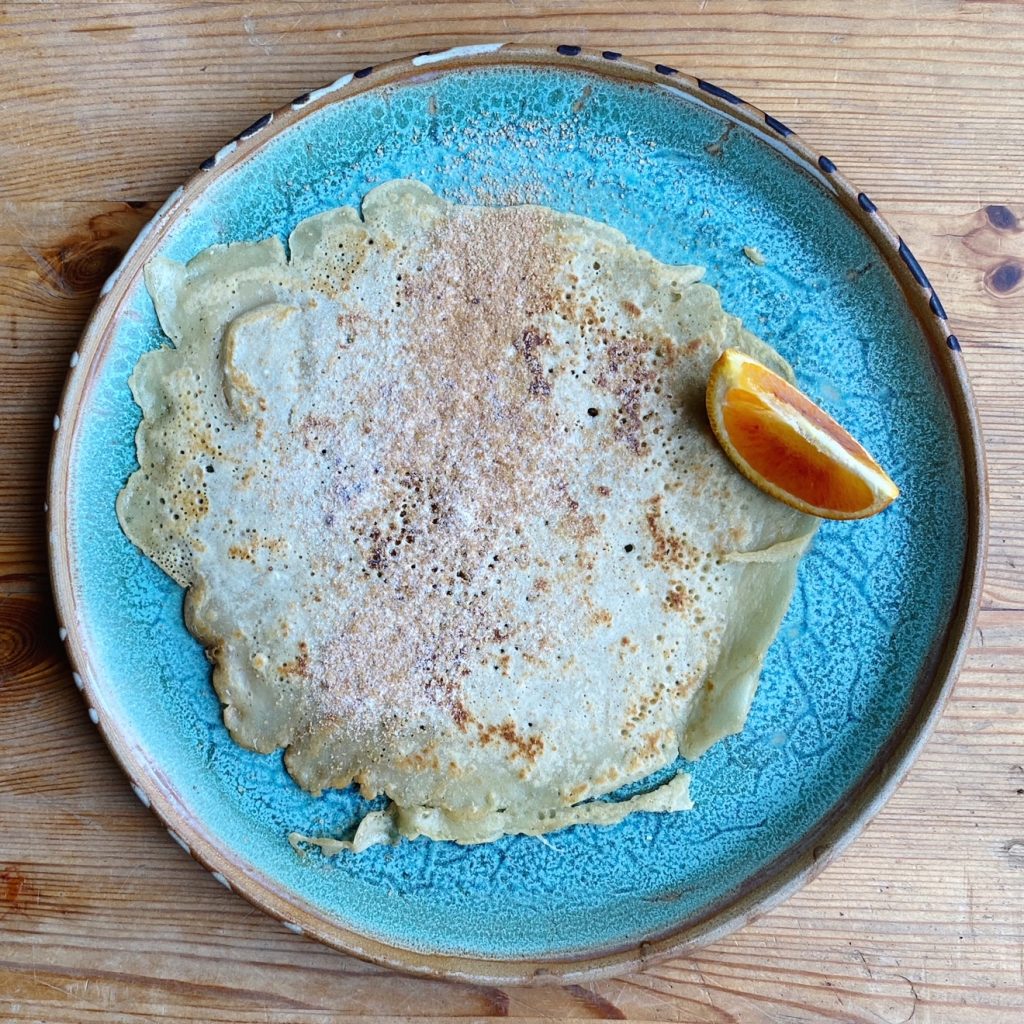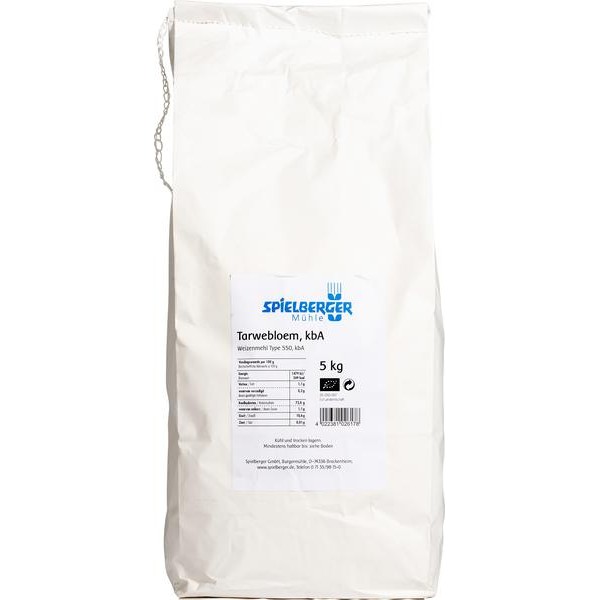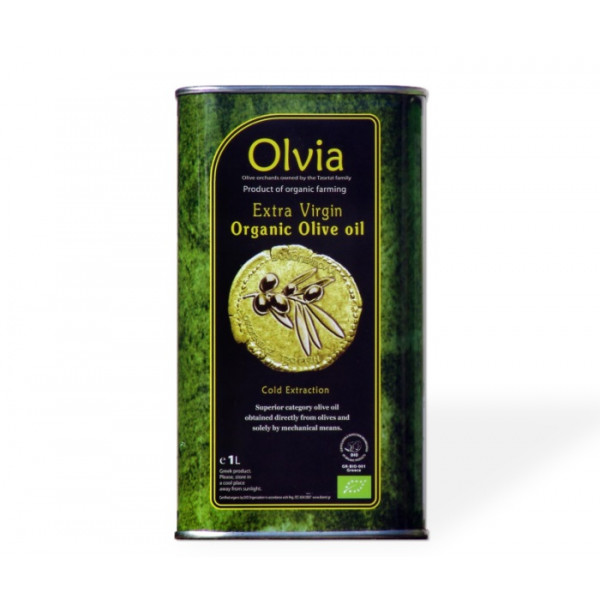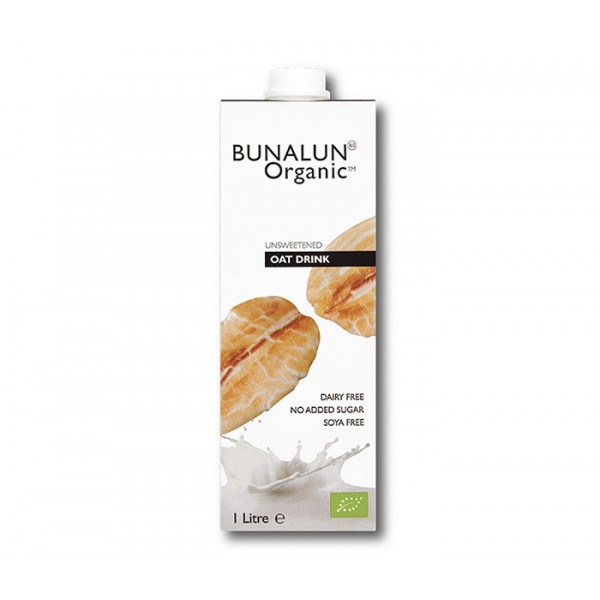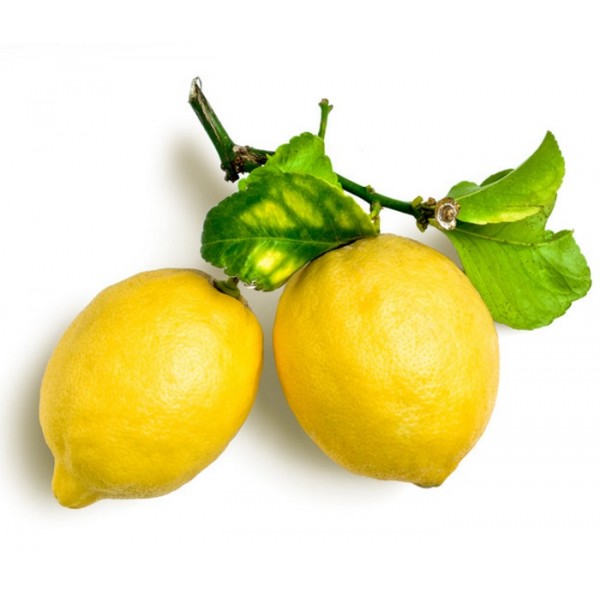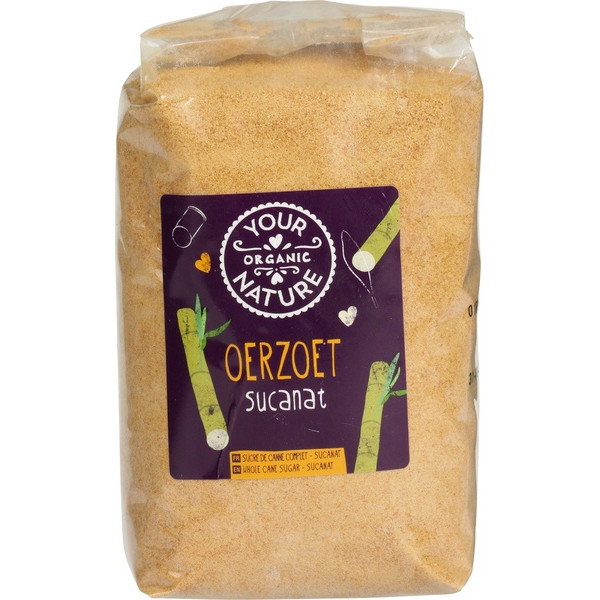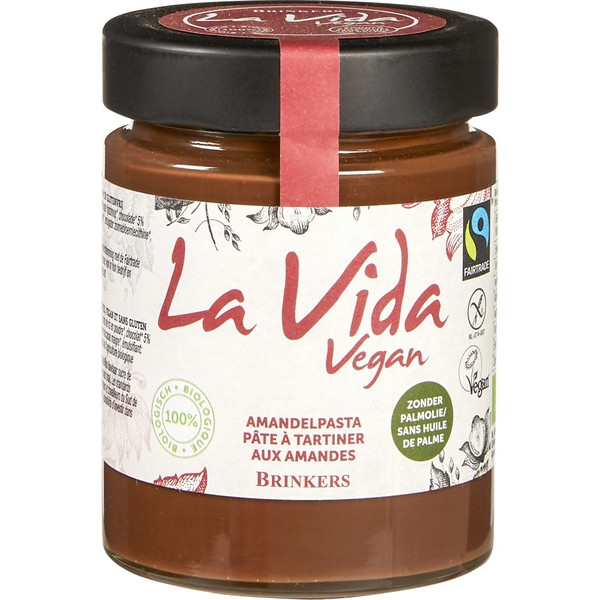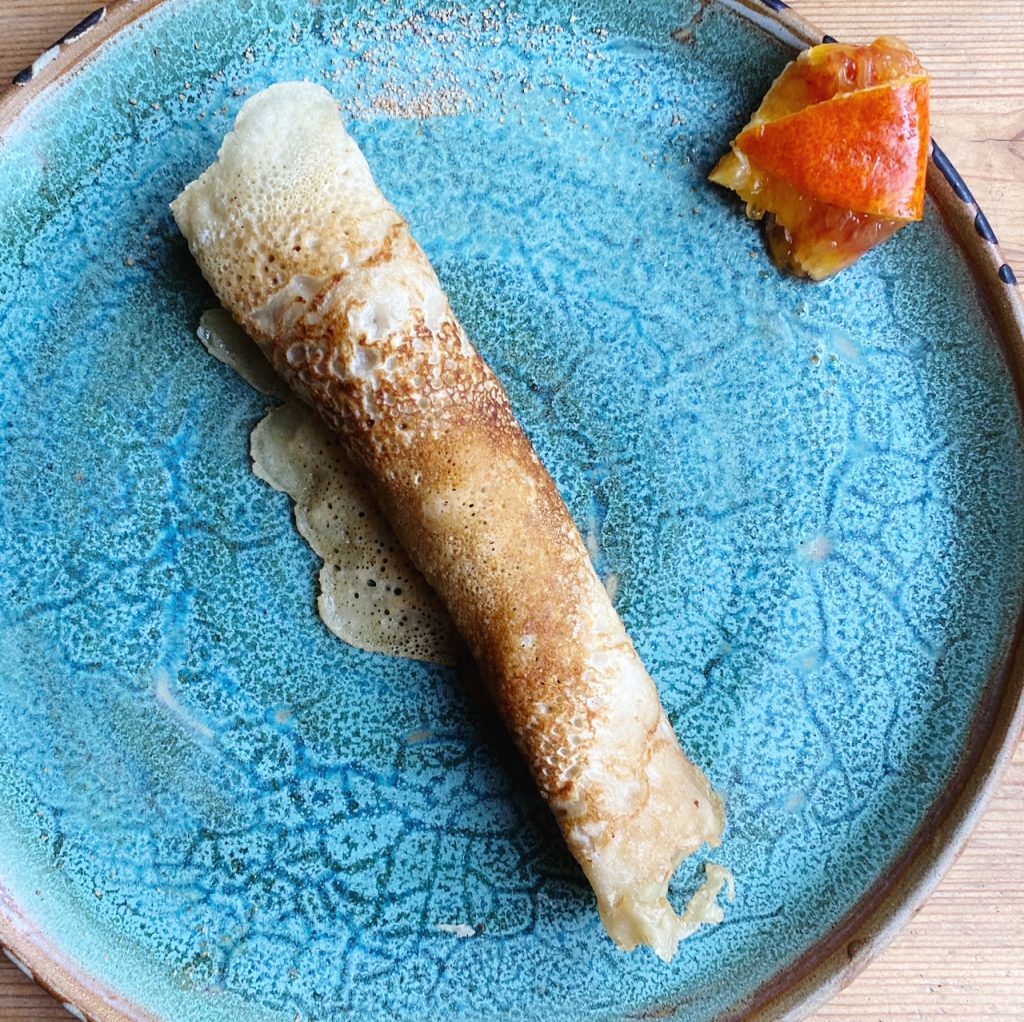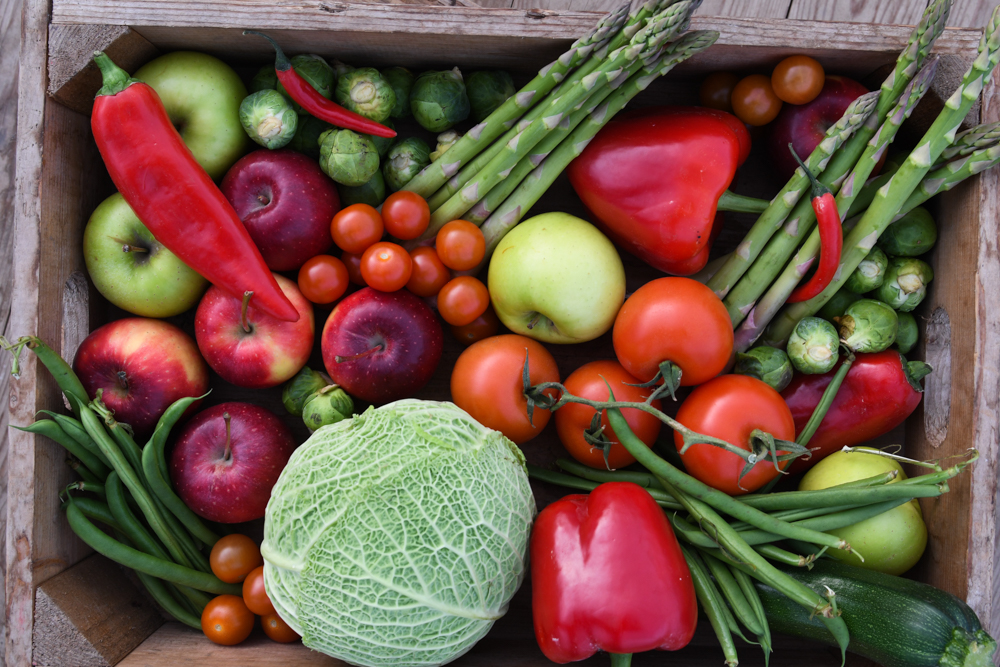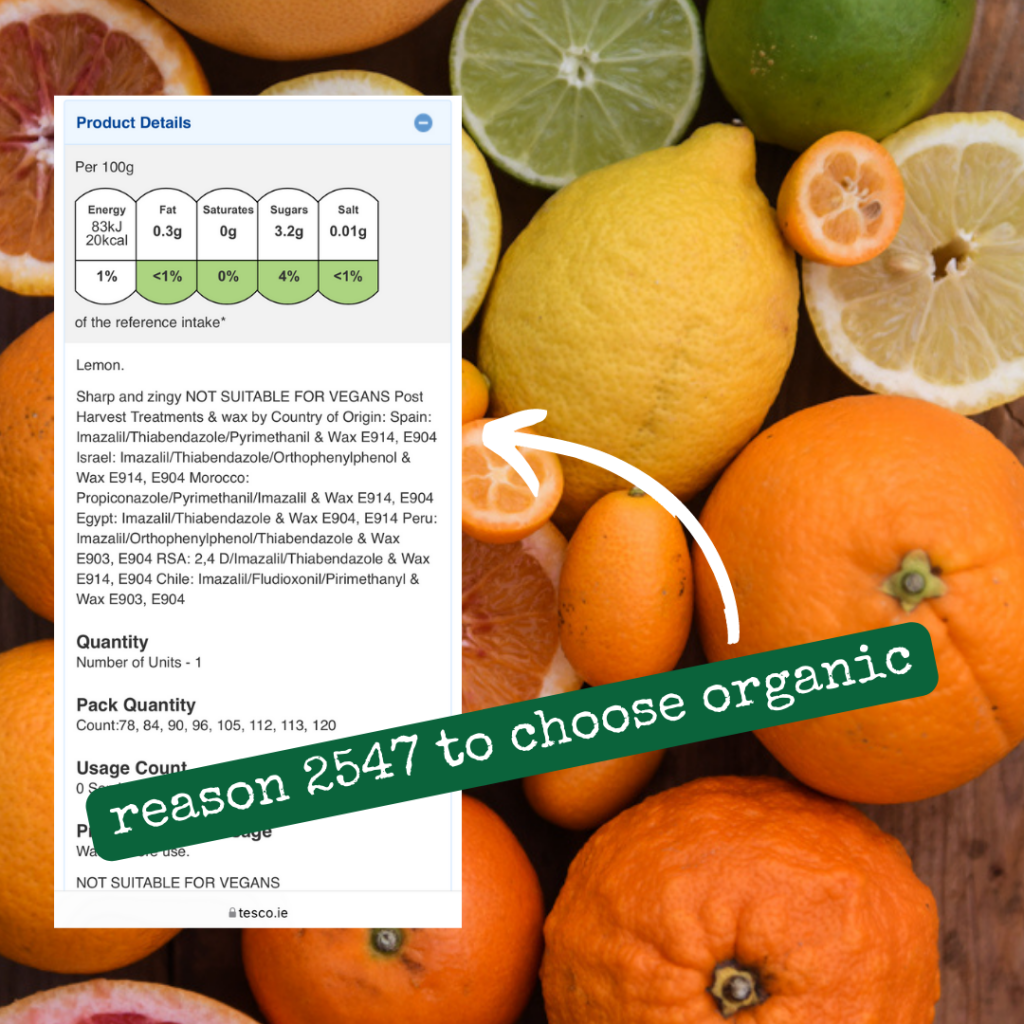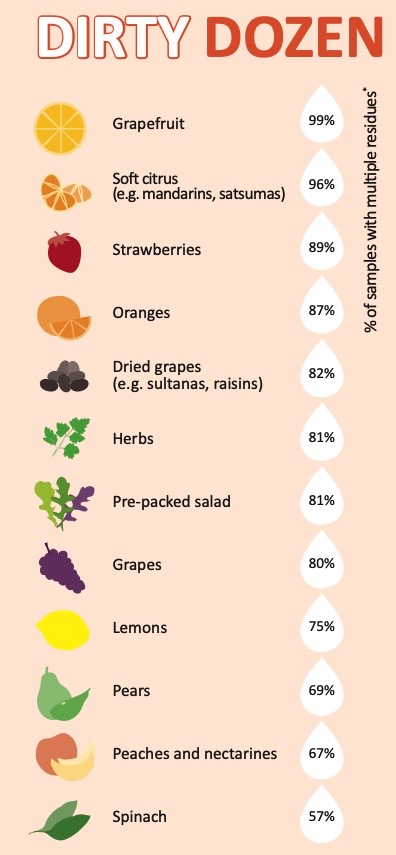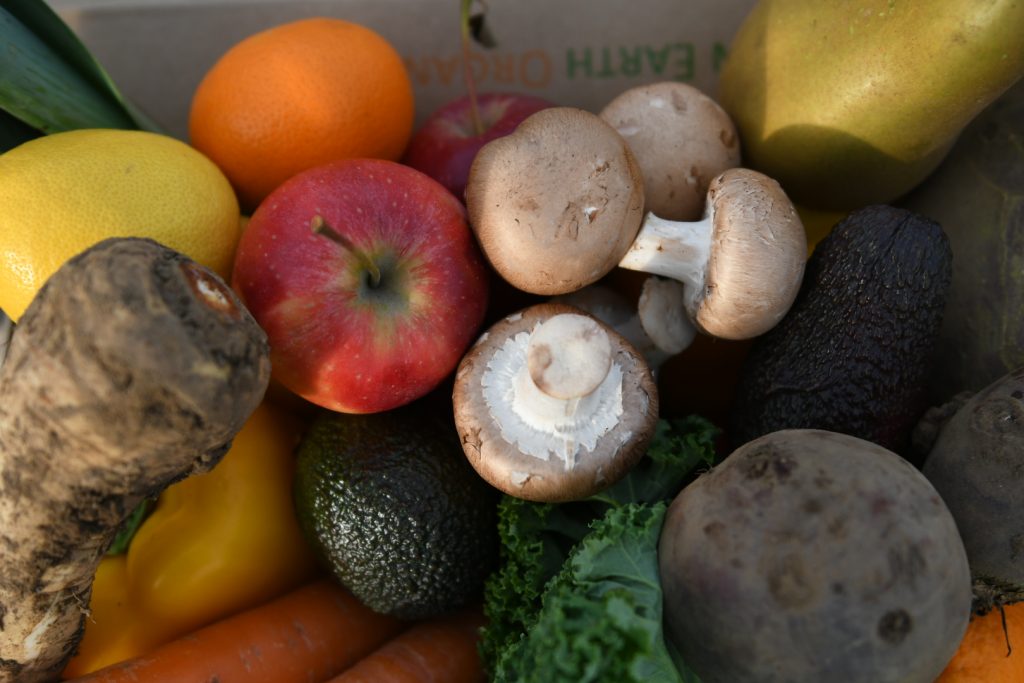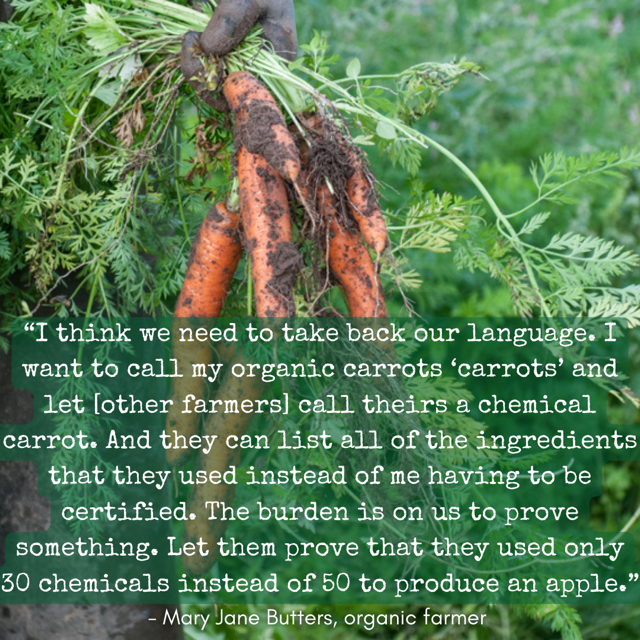
Mother’s Day is coming up and I’m very excited to receive my homemade cards, breakfast in bed and I’ve got my fingers crossed for some of these Booja Booja chocolates! Mother’s Day is all about saying ‘thank you’ to the people that nurture us and take care of us, be they our biological mothers or not. So the one mother we shouldn’t forget to show some love and appreciation to is, of course, Mother Earth. So here are some ways to honour our mothers and our incredible planet at the same time this year.
Plant Trees
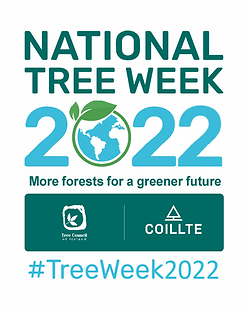
Buy your mother some native trees or hedgerow to plant this year. If she doesn’t have her own garden why not donate to a native tree planting scheme in her name or get involved in a tree planting event? It is national tree week 20th-26th March and the Tree Council have organised a nationwide program of events here. Is there one near you? We plant native trees every year on our organic farm in Galway and are raising money to donate to tree planting charities too. Here is a list of Irish tree planting charities in Ireland:
Eat Green
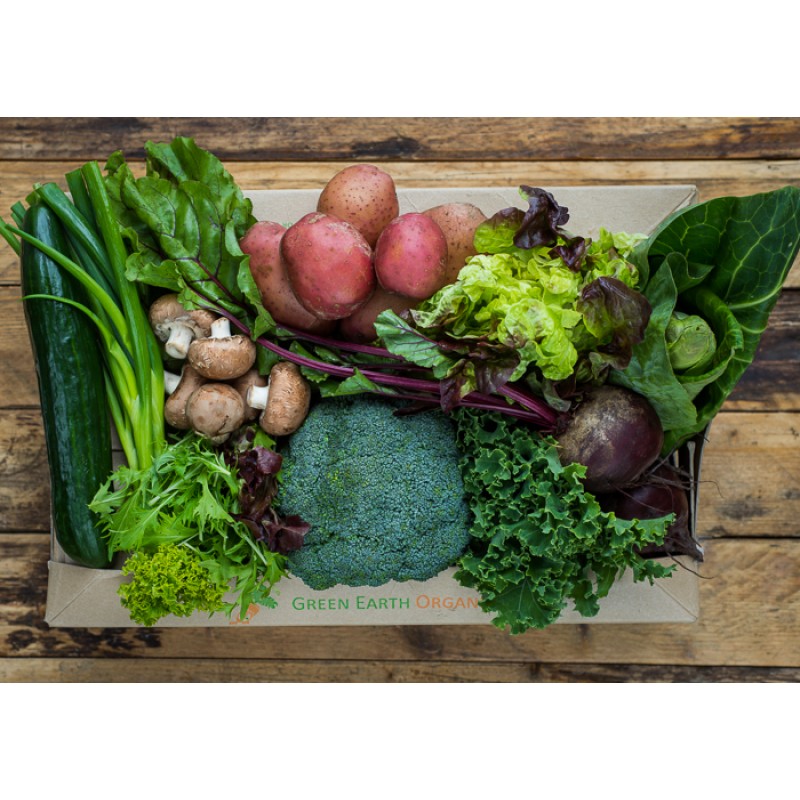
Make a home-cooked meal to celebrate Mothers Day and Mother Earth. Include lots of locally grown, in-season vegetables and buy organic and plastic free. Our 100% Irish box ticks all the boxes. Click on the photo to see what is included this week. What could you make from all that Irish produce? We have lots of ideas here on the blog. Here’s a menu idea for you:
- Fruity Chia & Oat Pots
- Nettle Soup
- Creamy Tagliatelle with Leeks, Greens and Peas
- Rhubarb & Almond Clafoutis
Clean Up
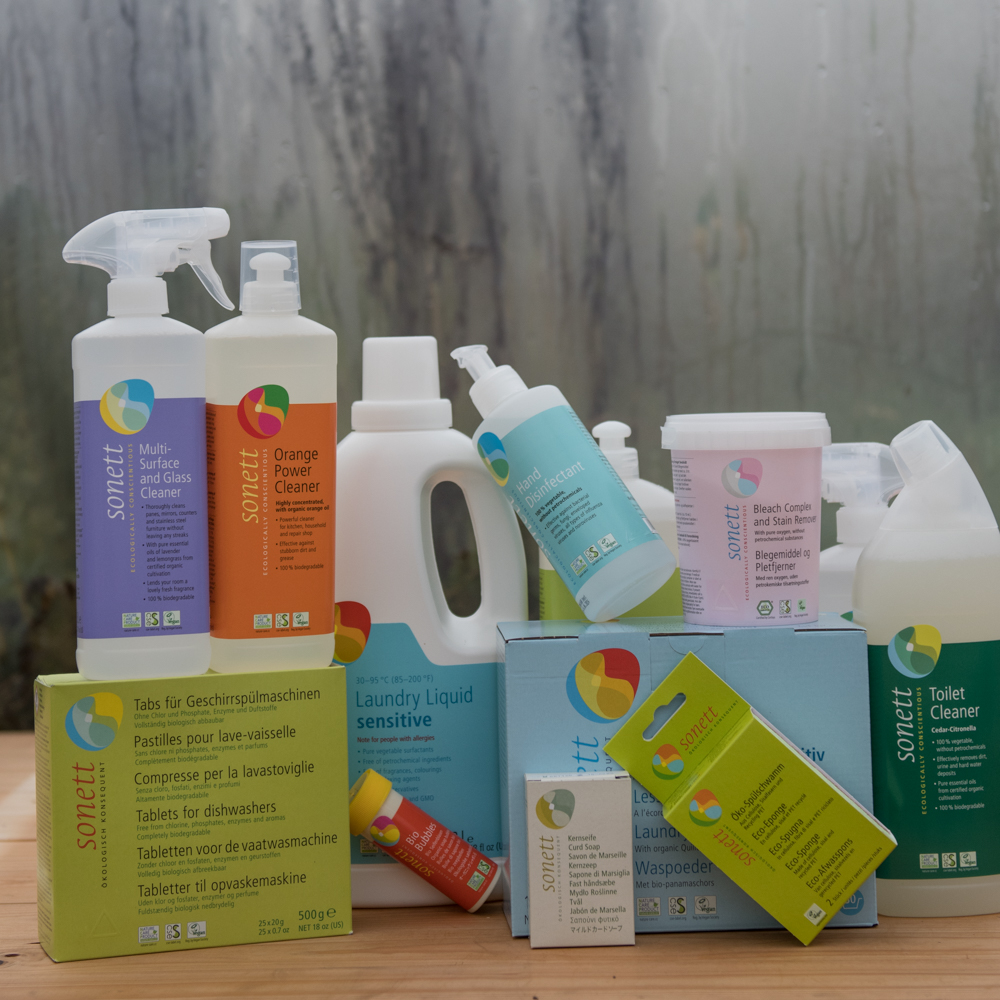
Don’t leave the cleaning to your mum! Get involved and think about Mother Earth at the same time. Use eco-cleaning products to clean up inside then how about a lovely walk in your local woodland or at the beach? Take a bag and some gloves and pick up litter as you go. Here are some of our favourite green cleaning products from our online shop. You can add them to your next fruit and veg order along with lots of other organic groceries.


